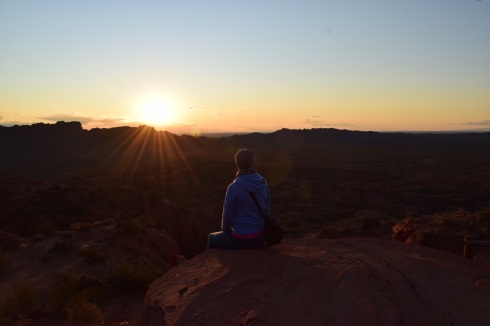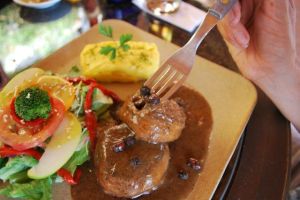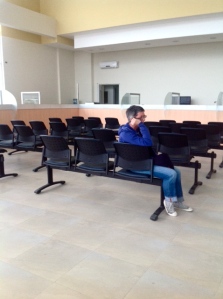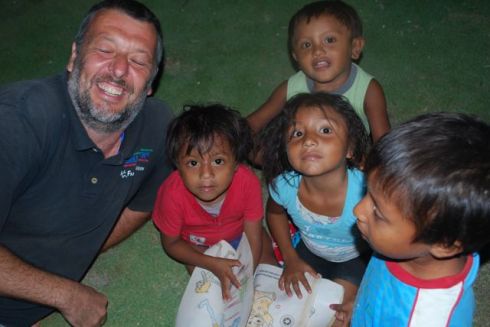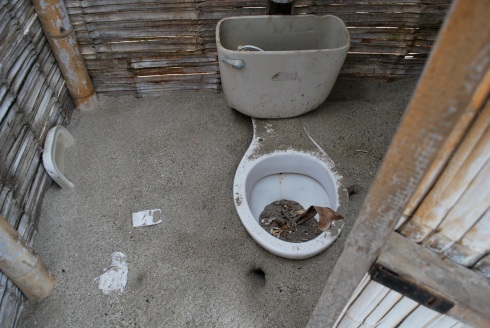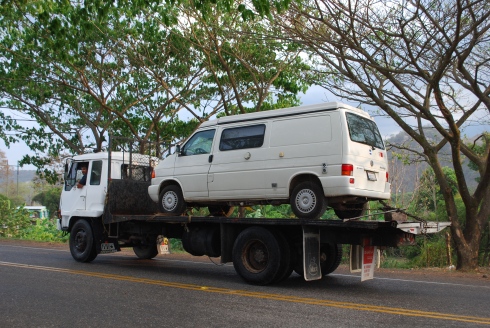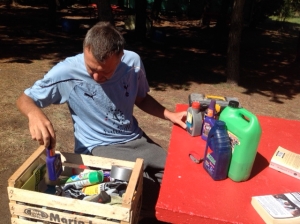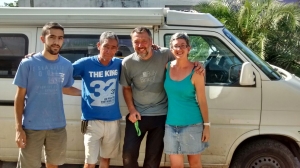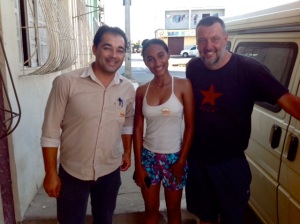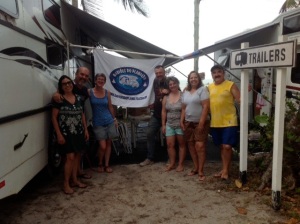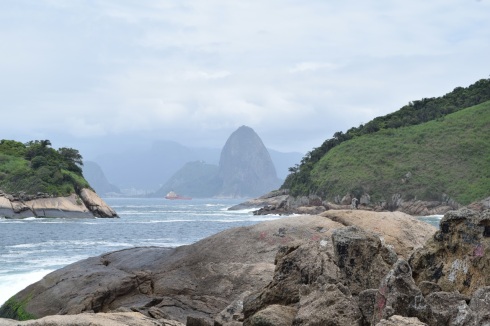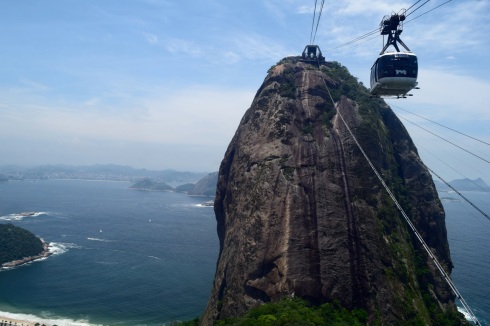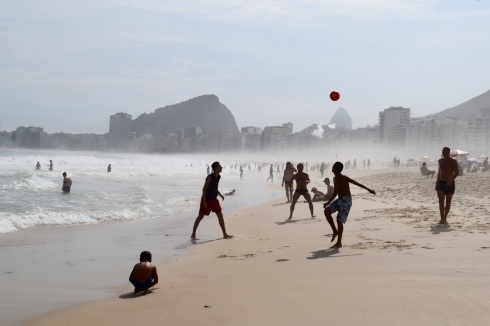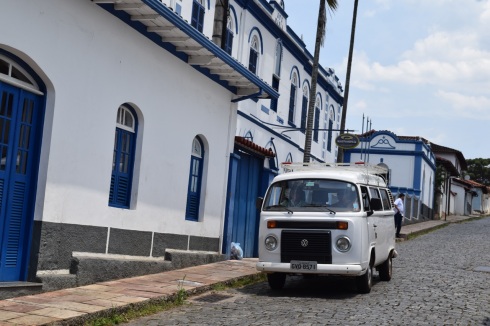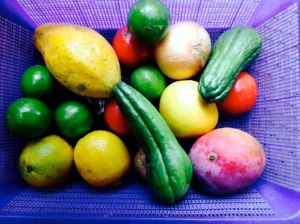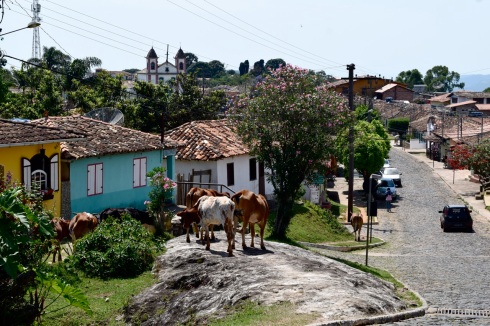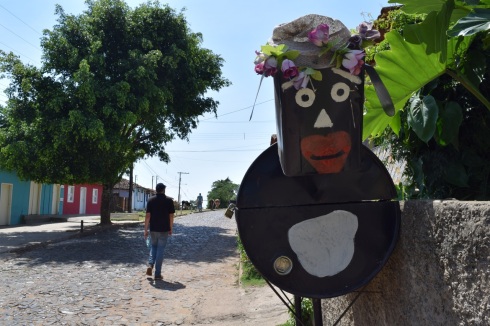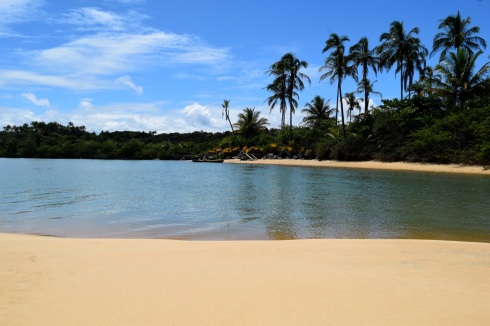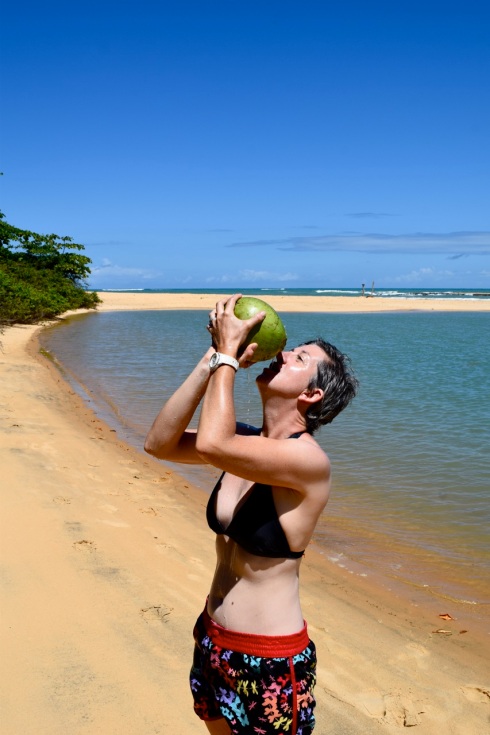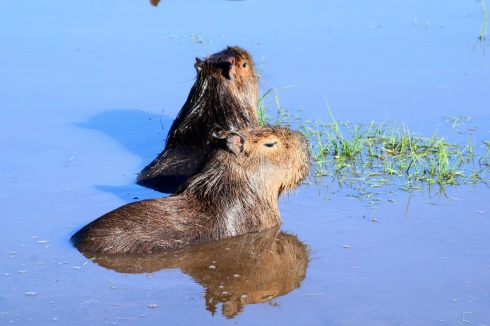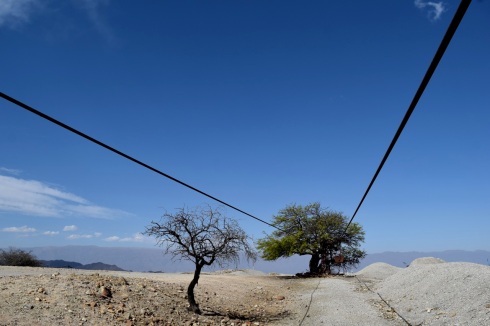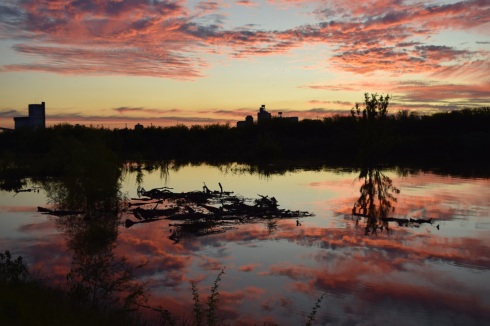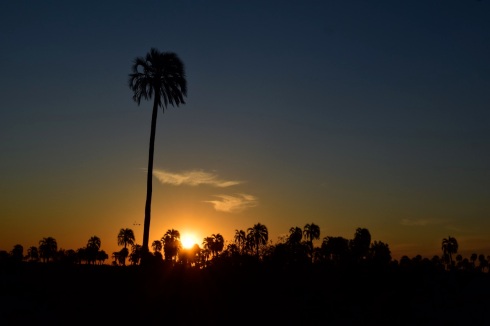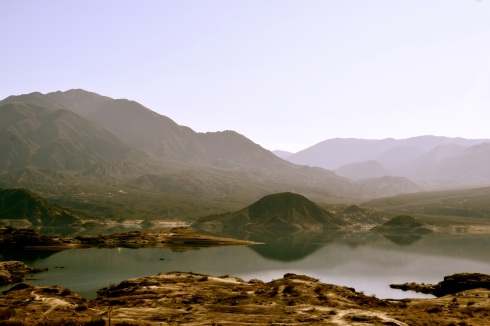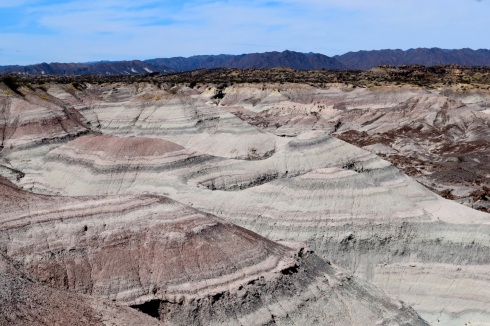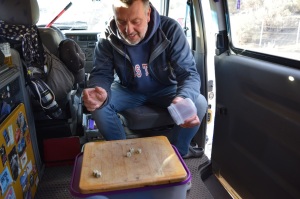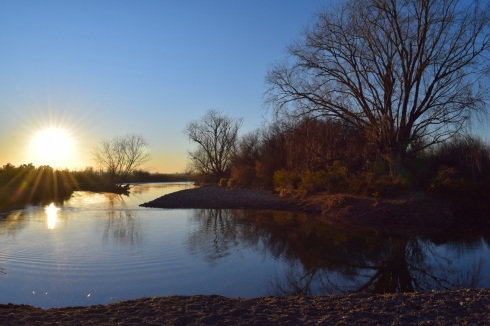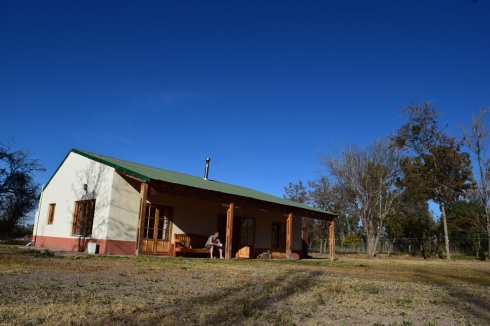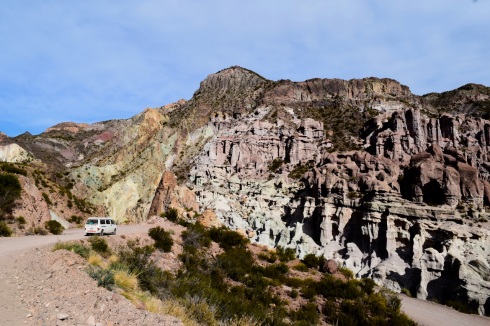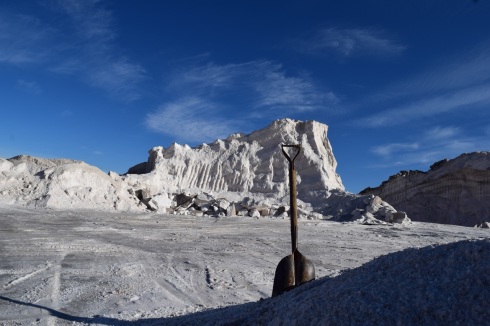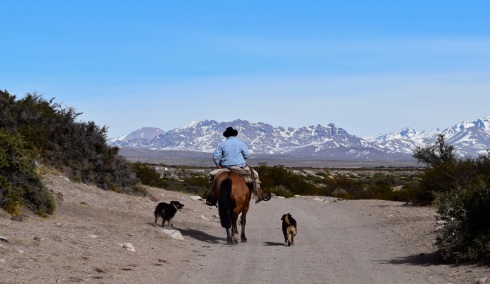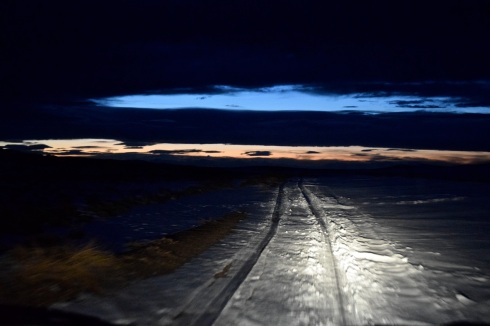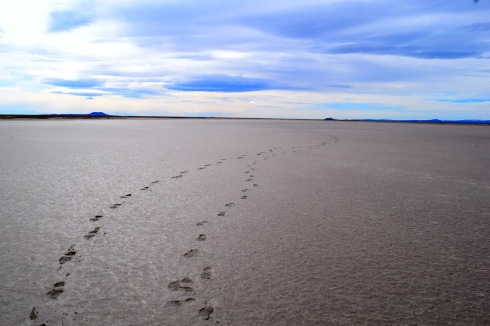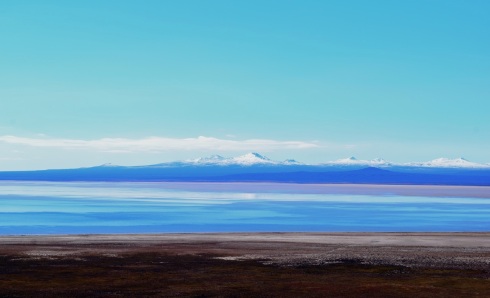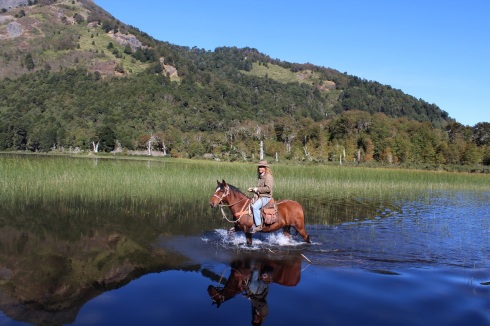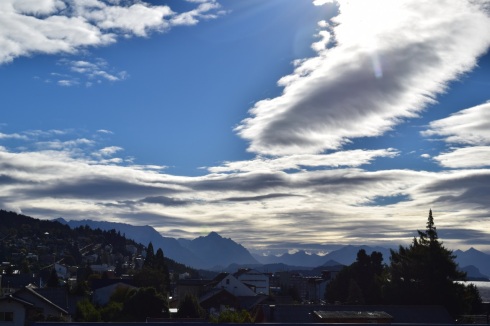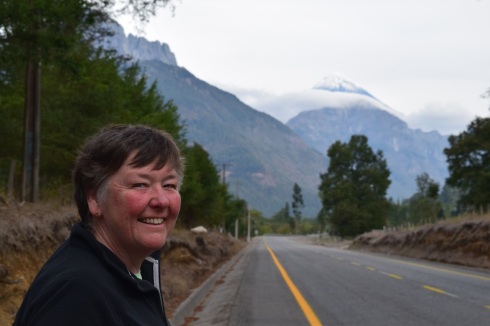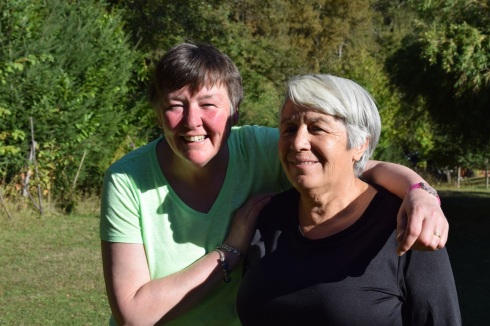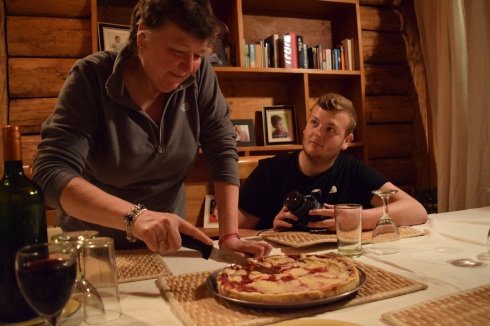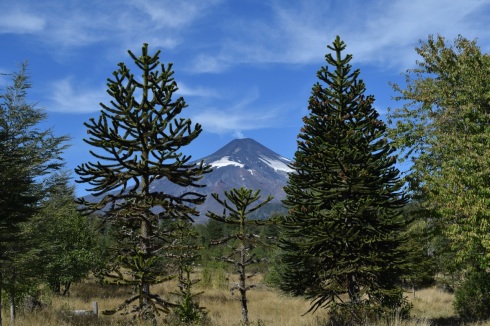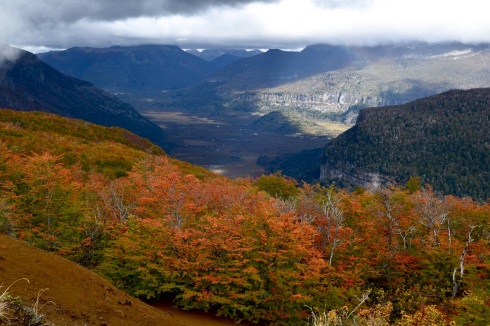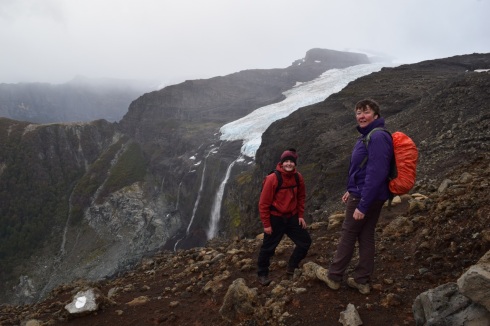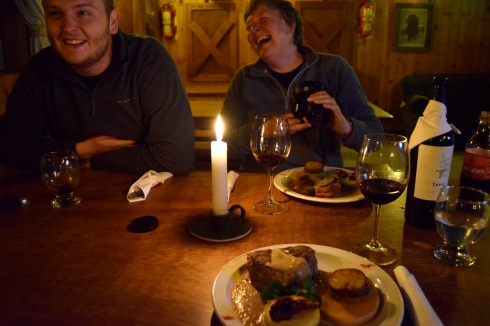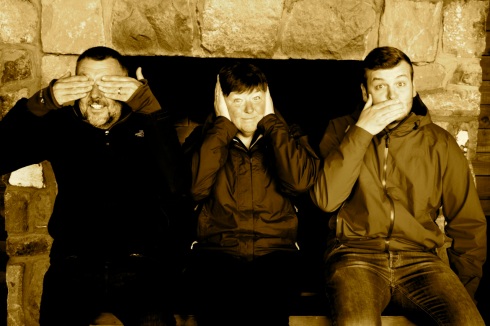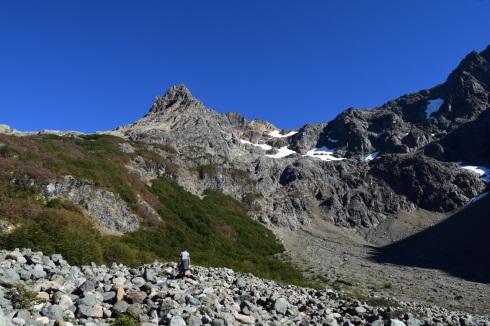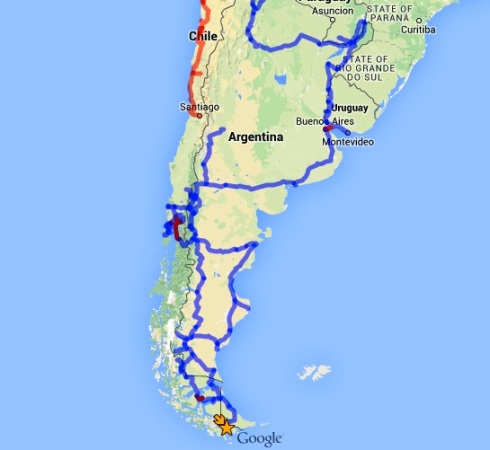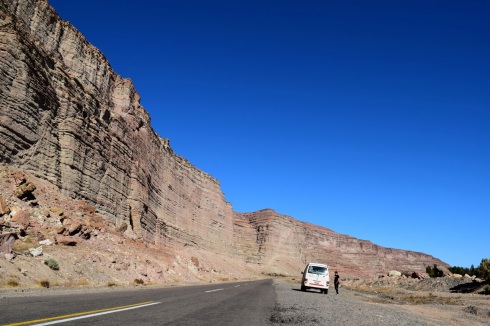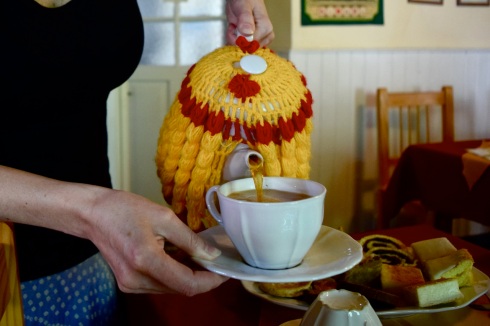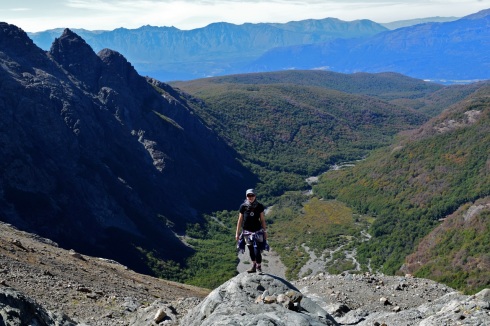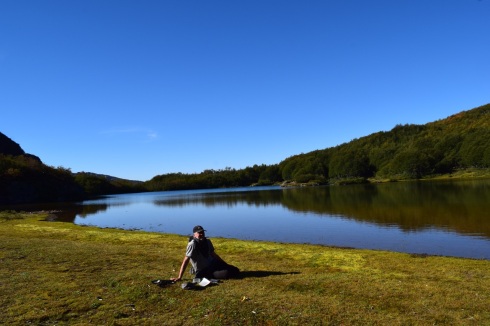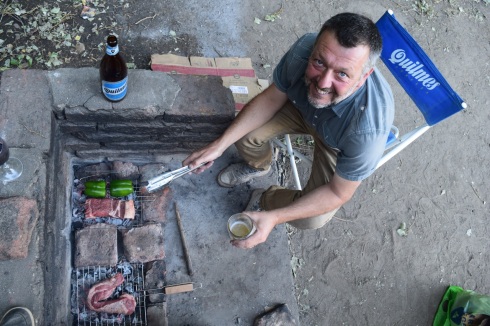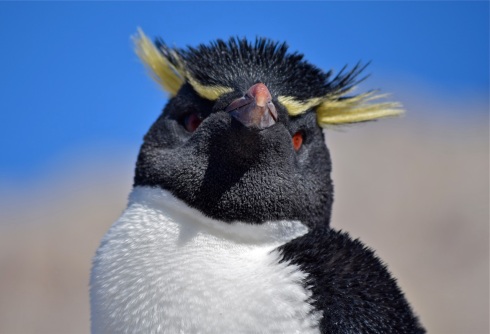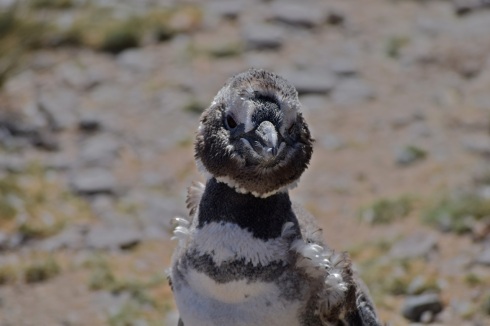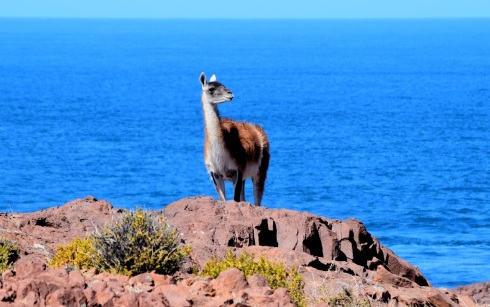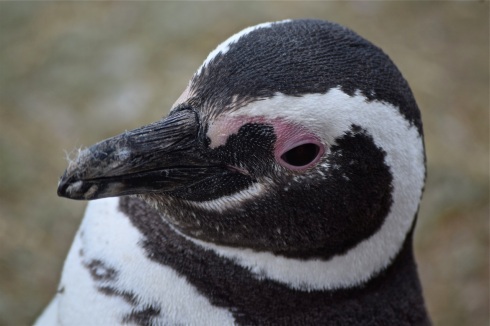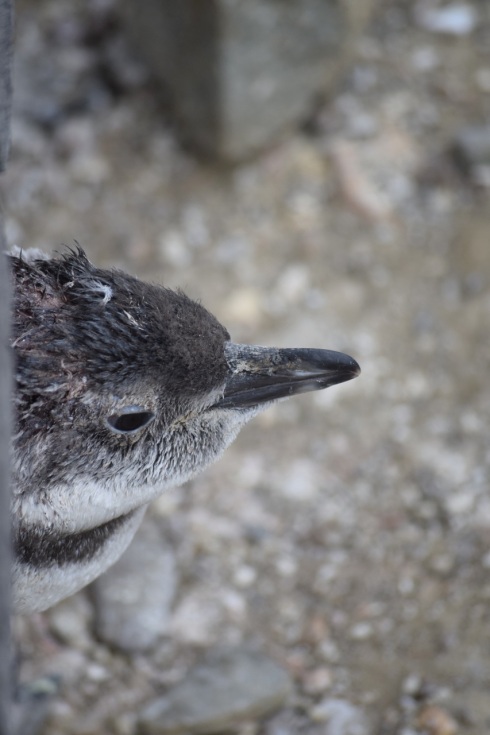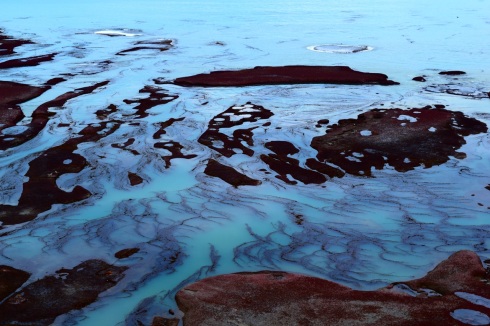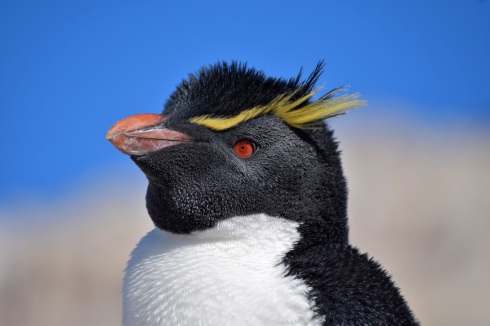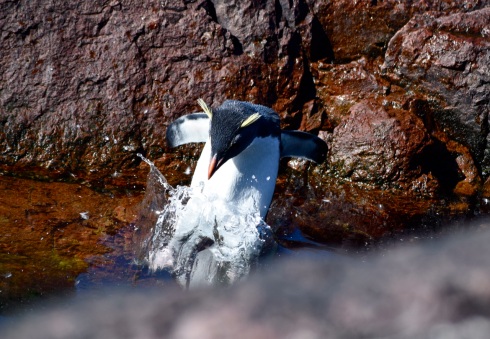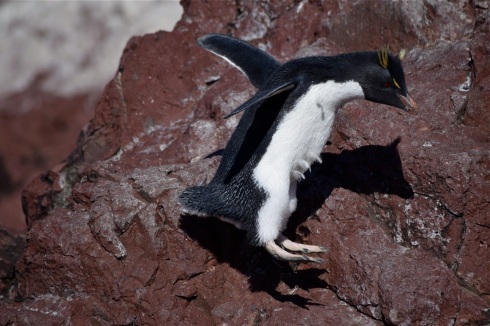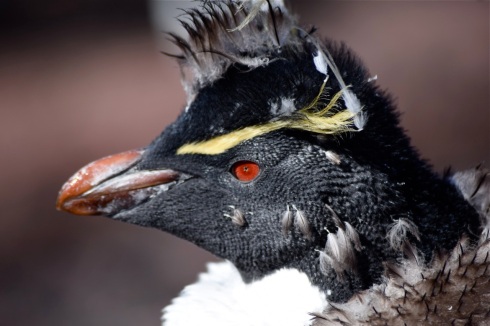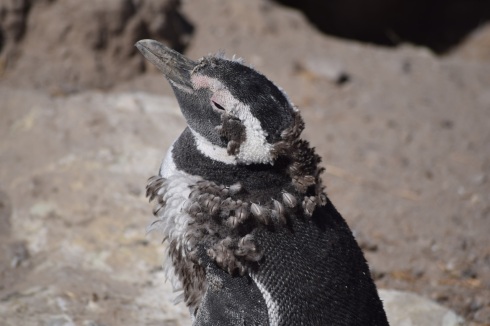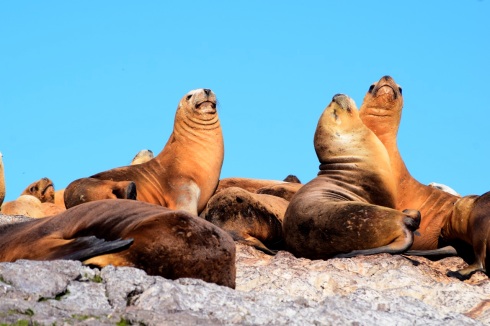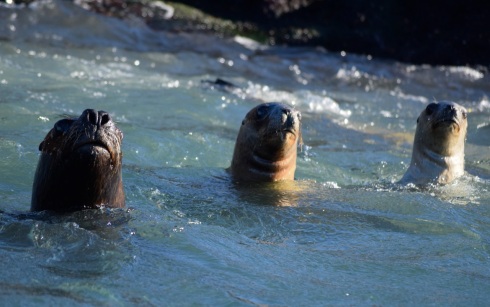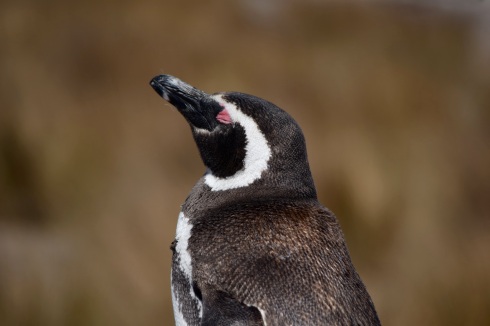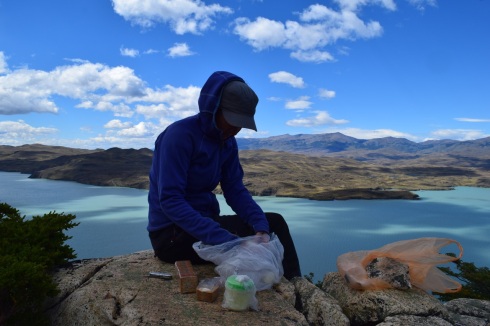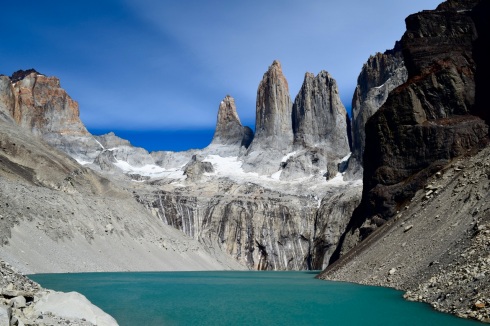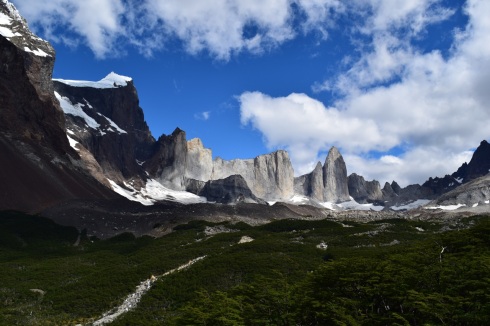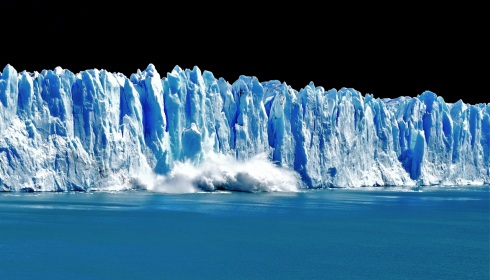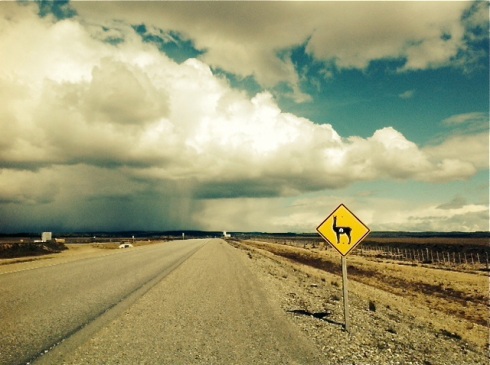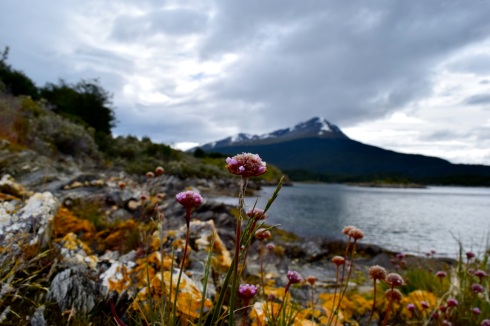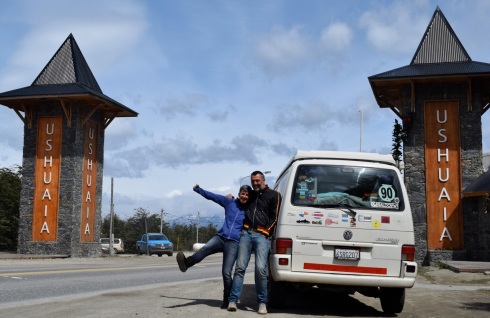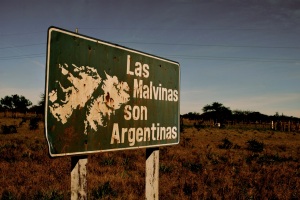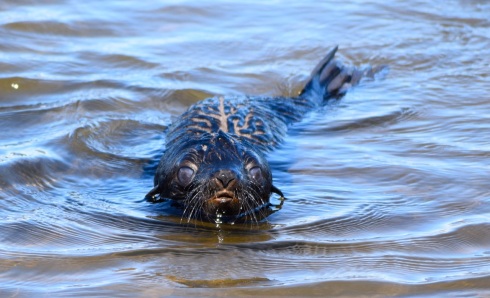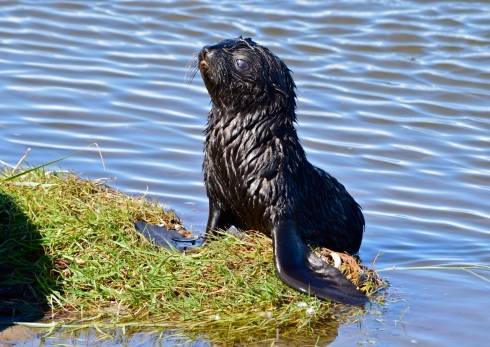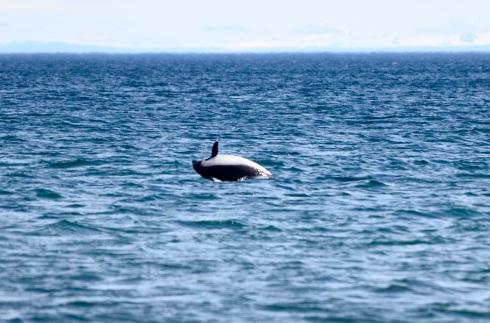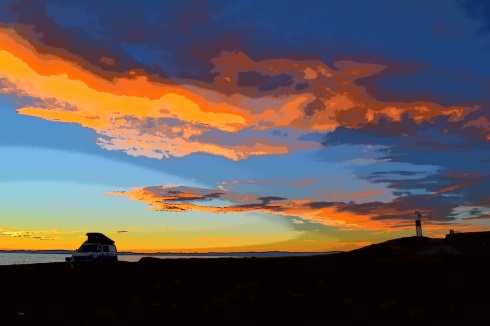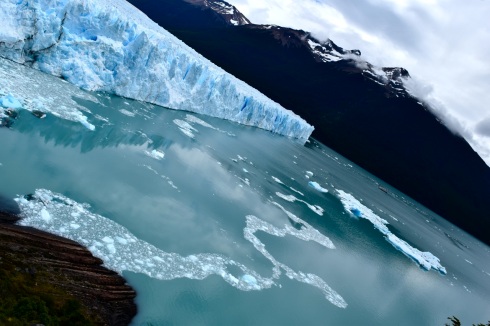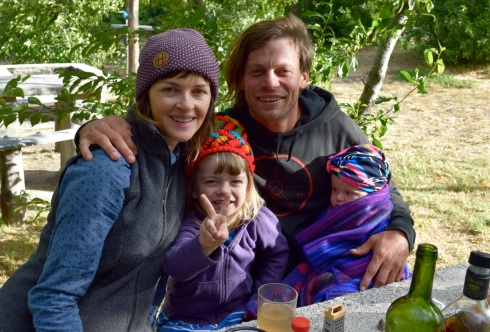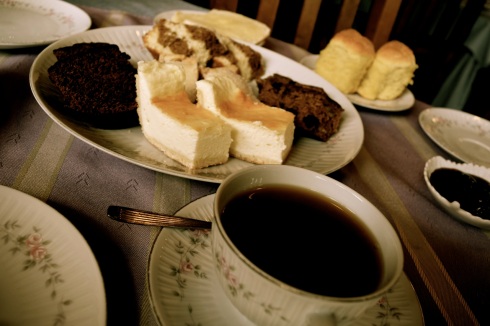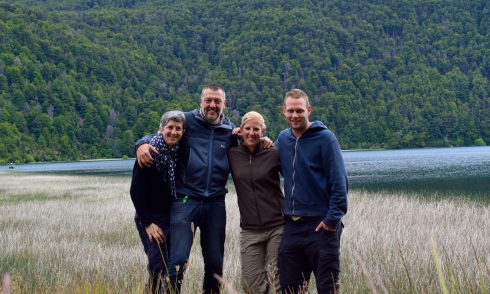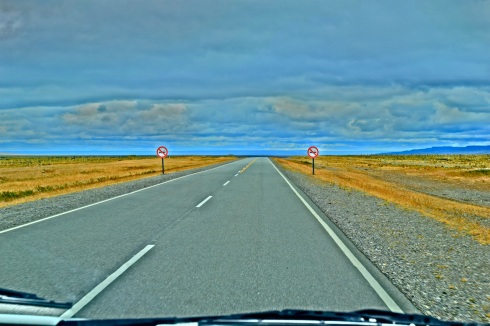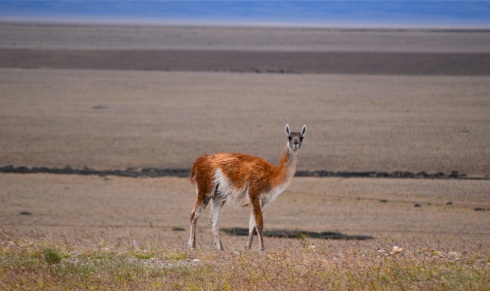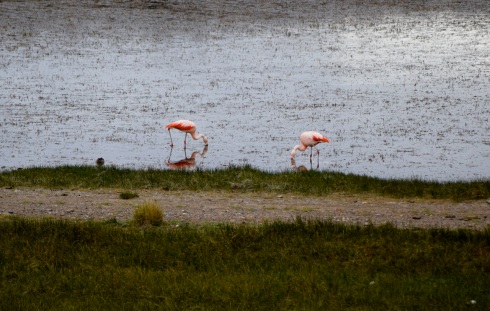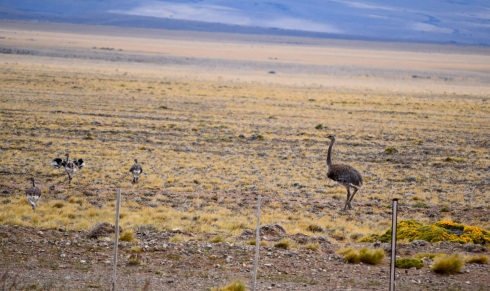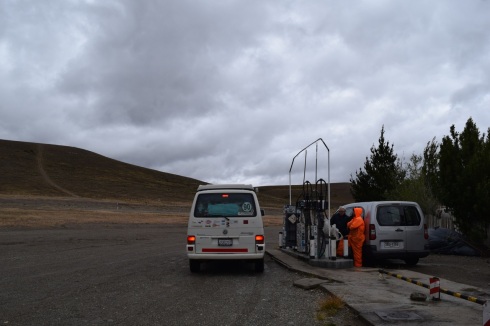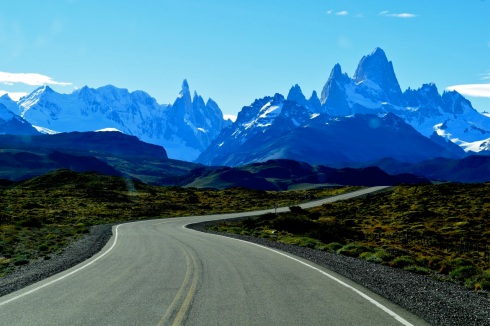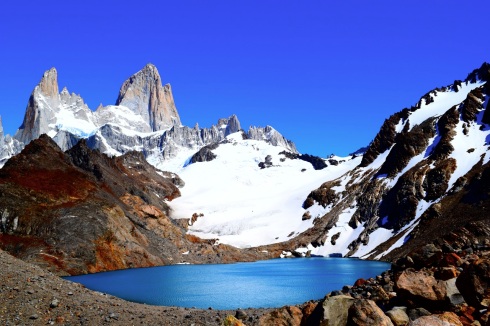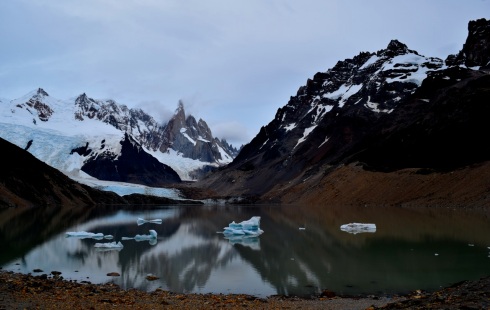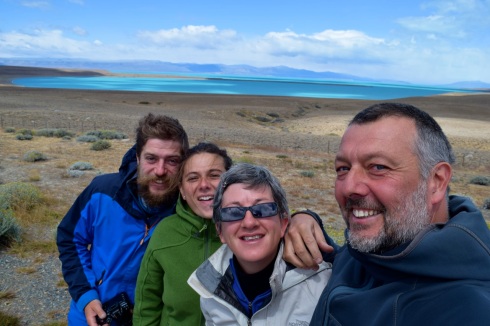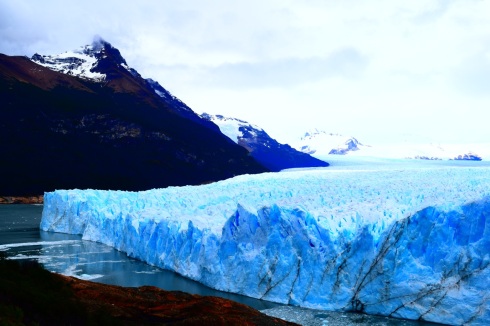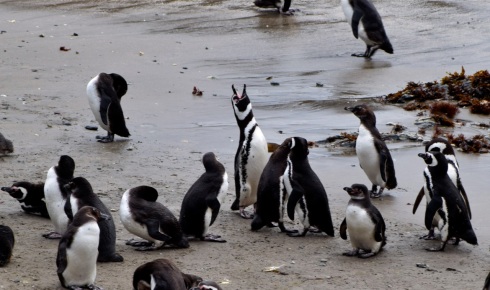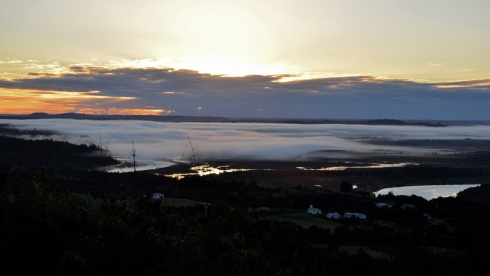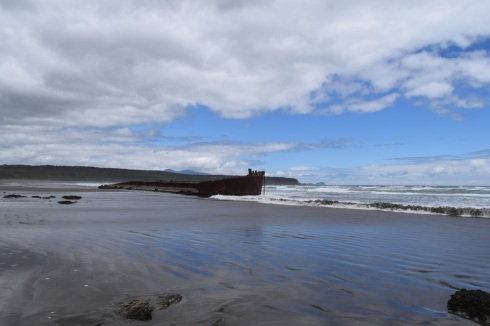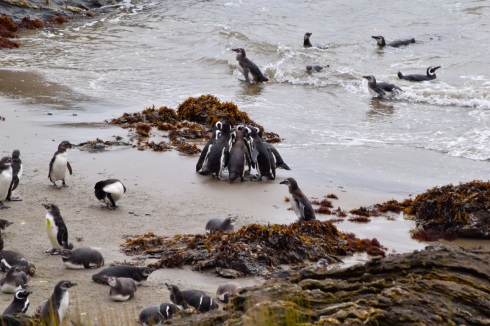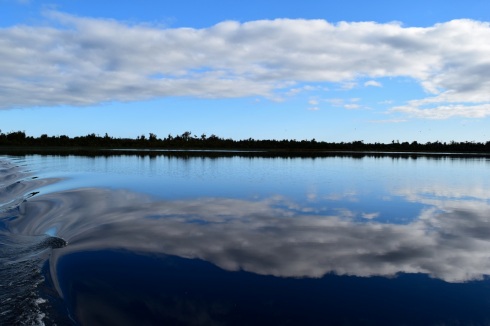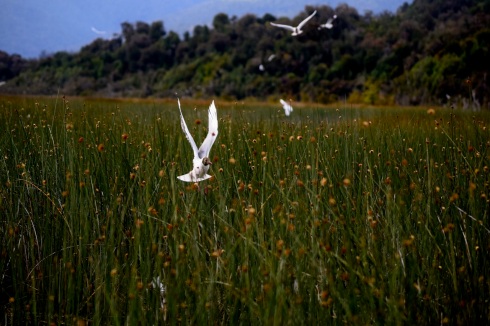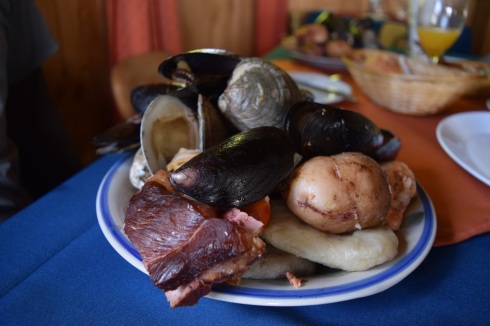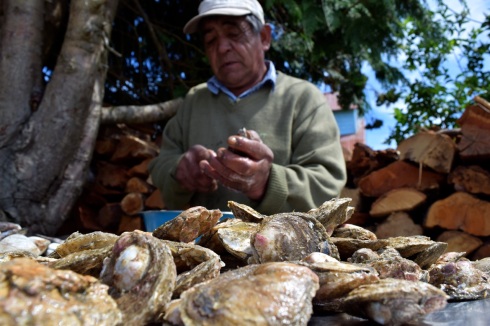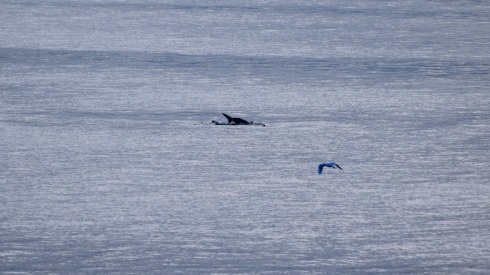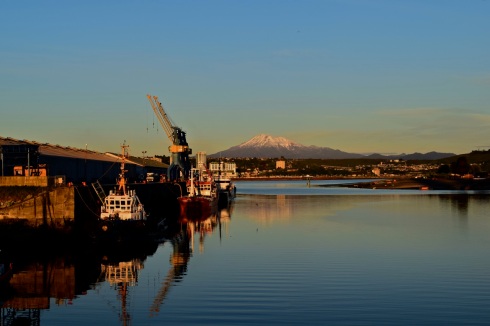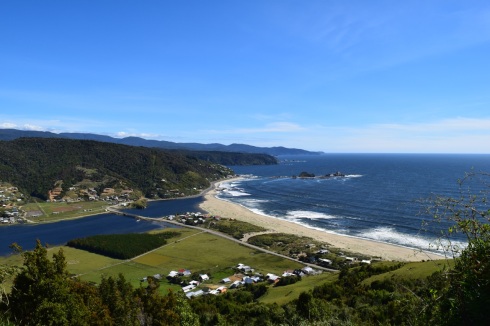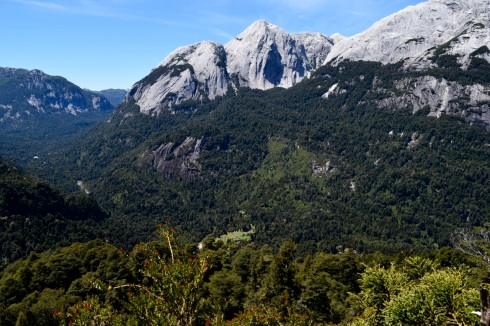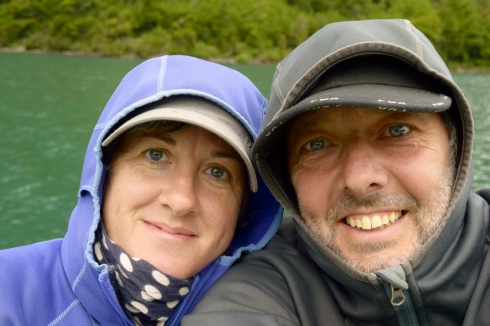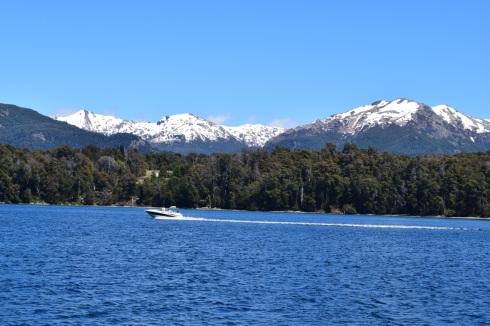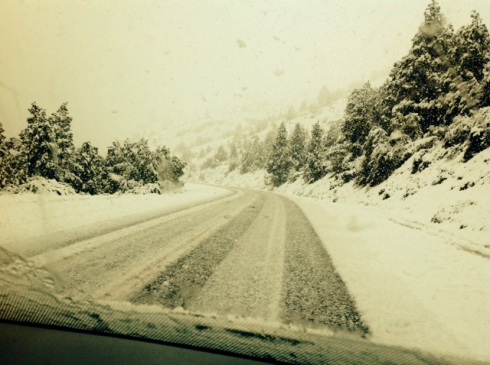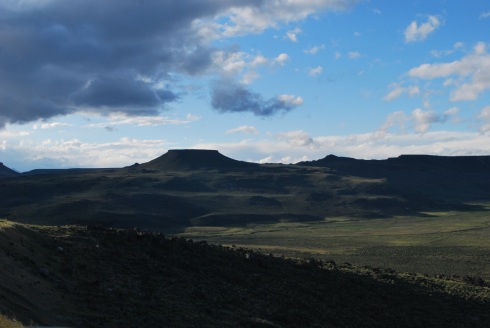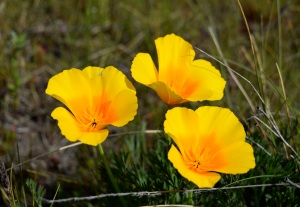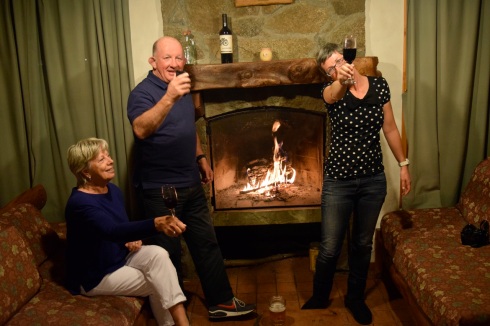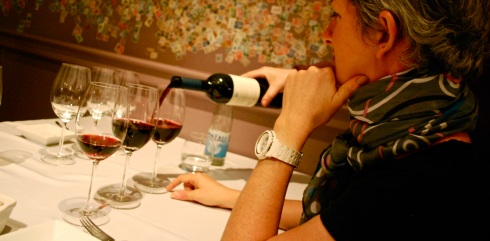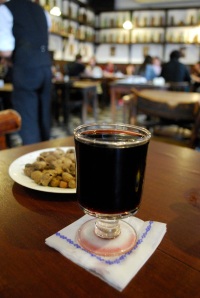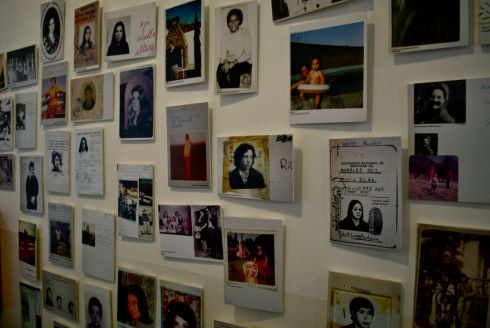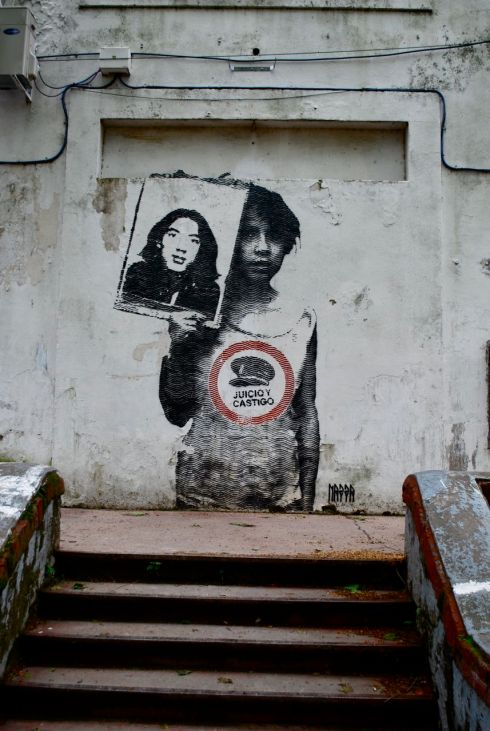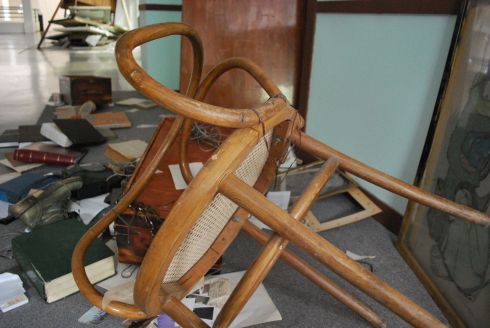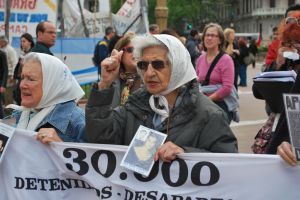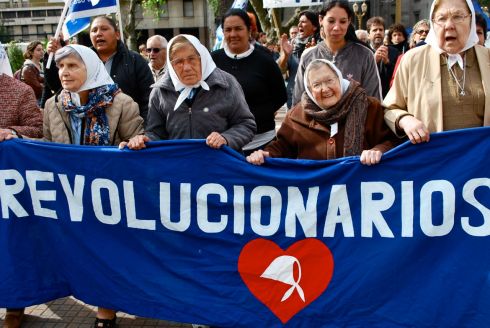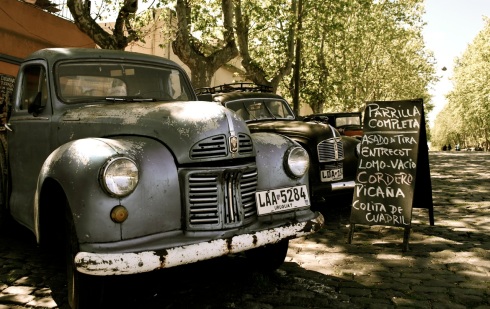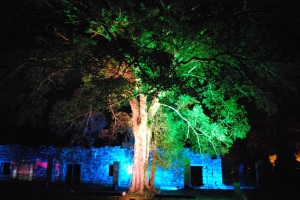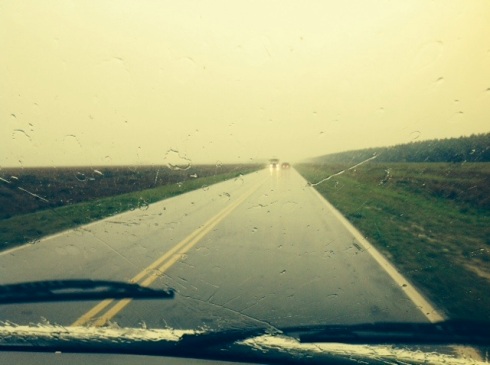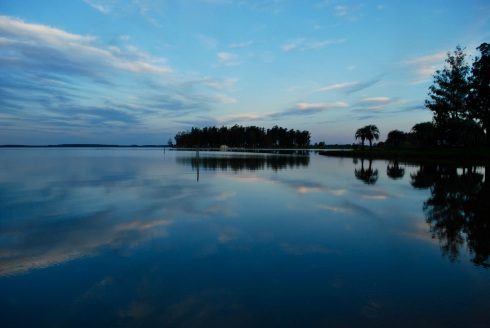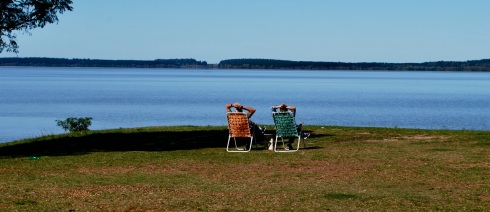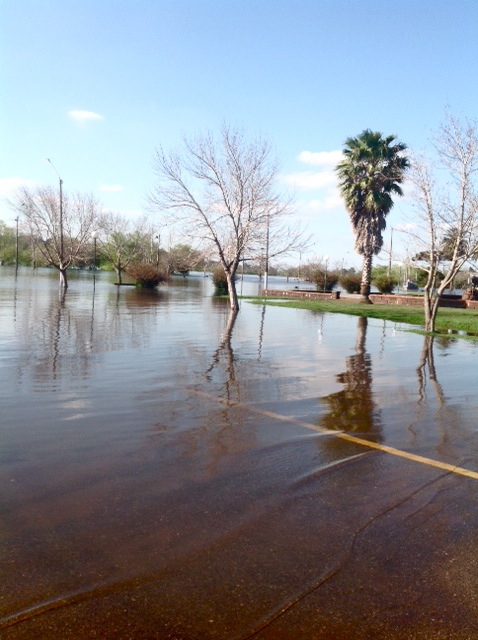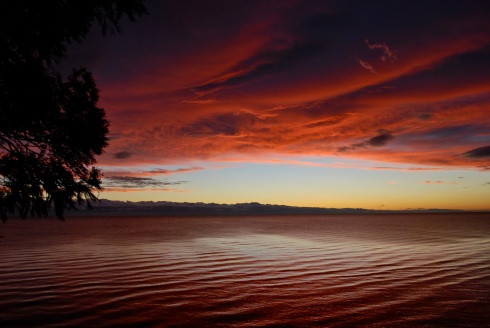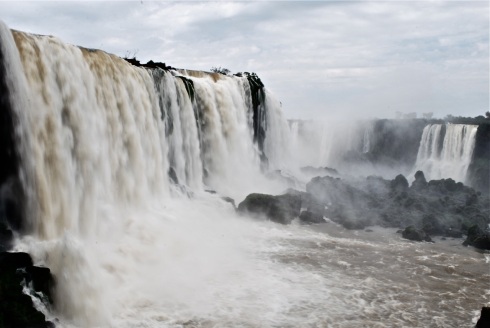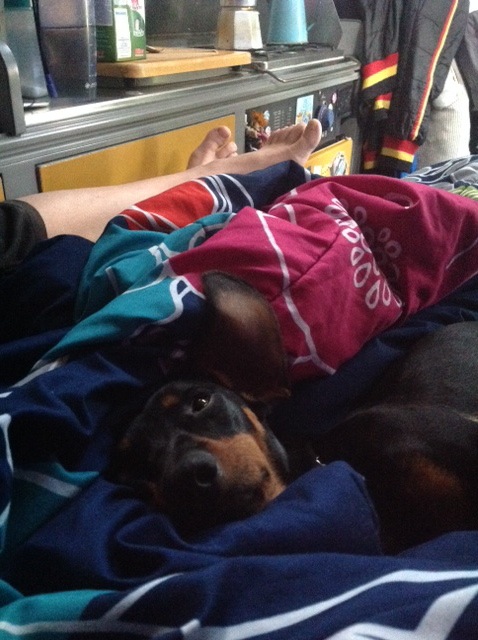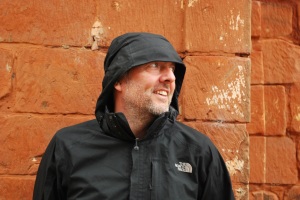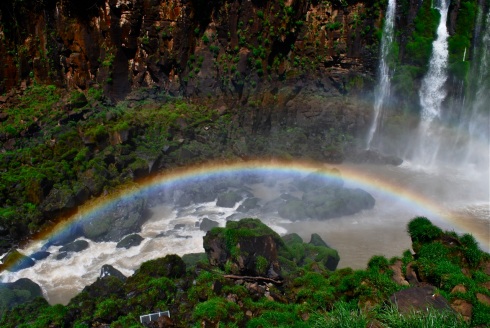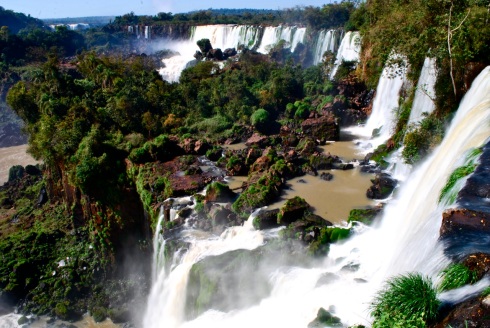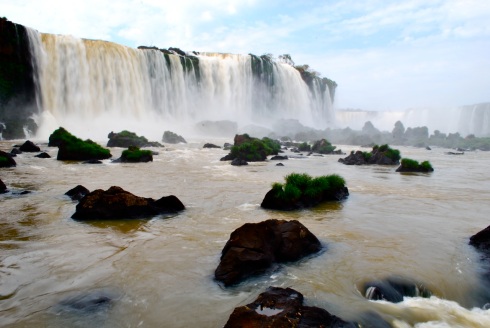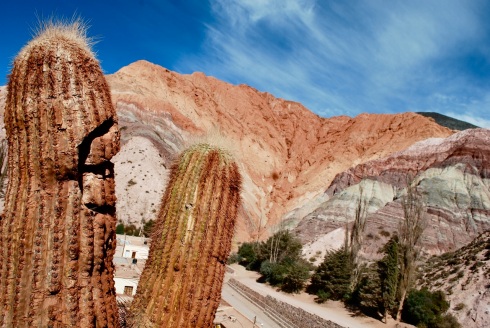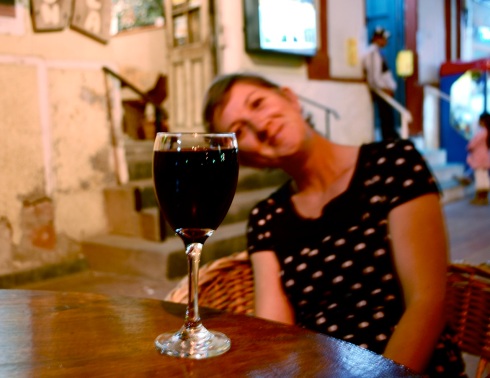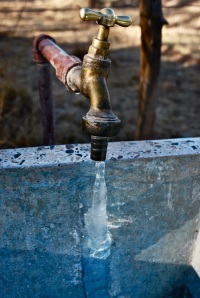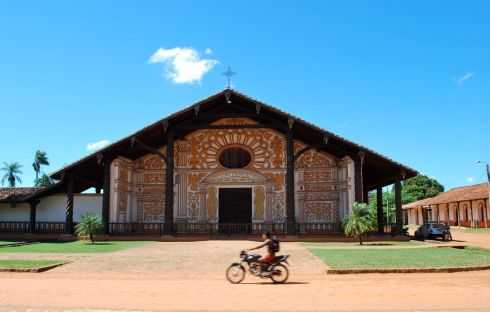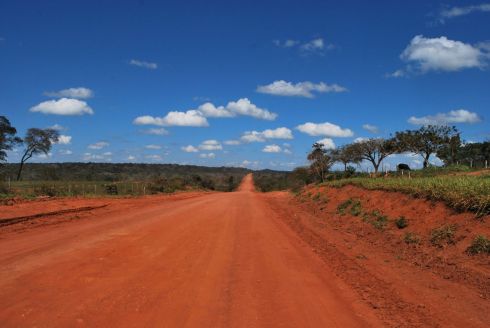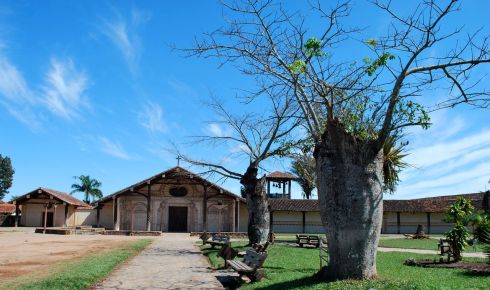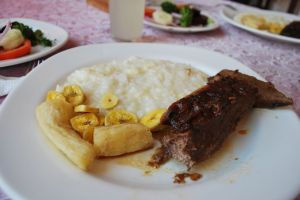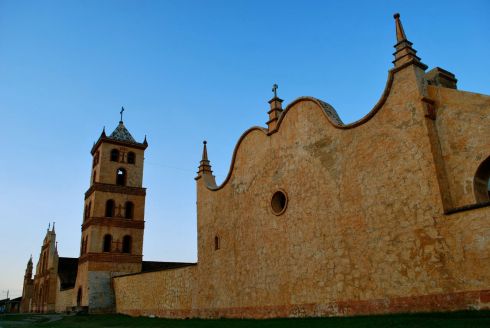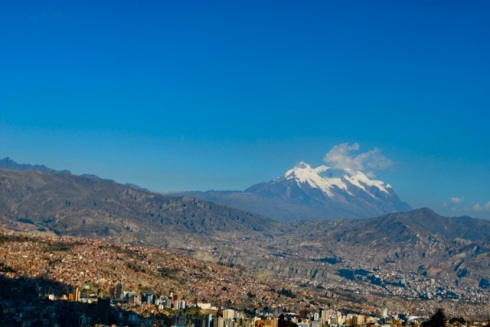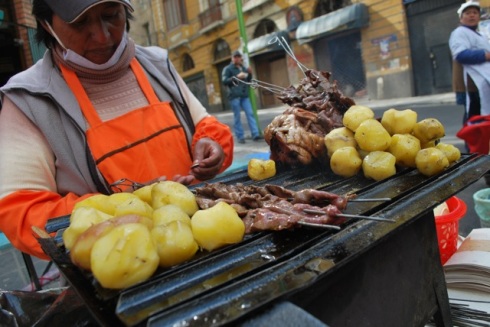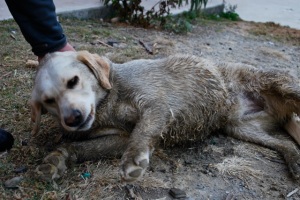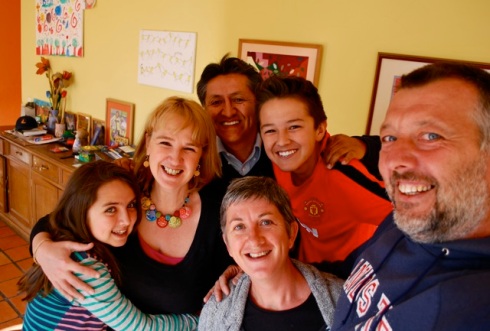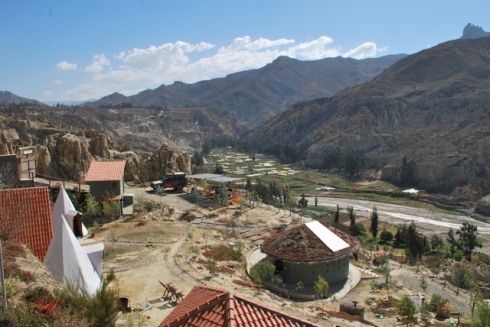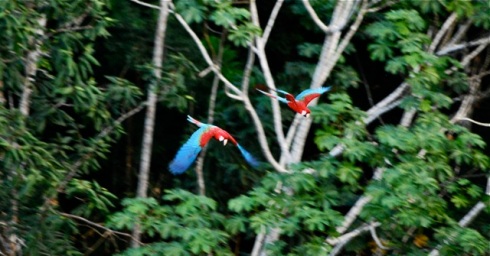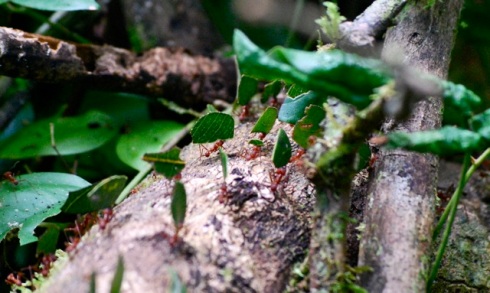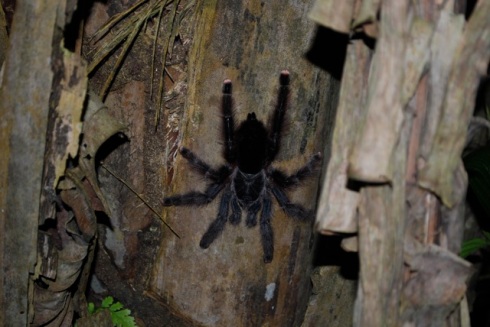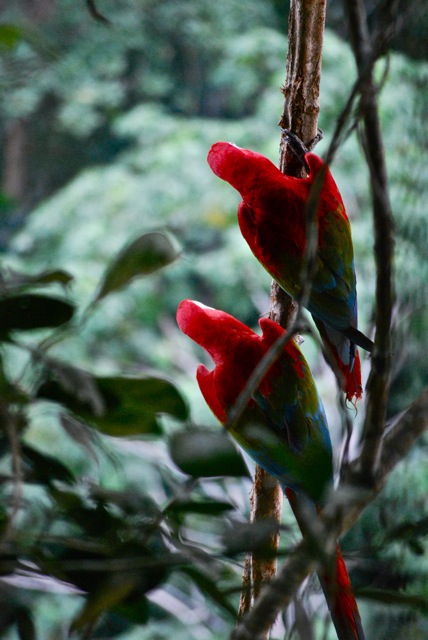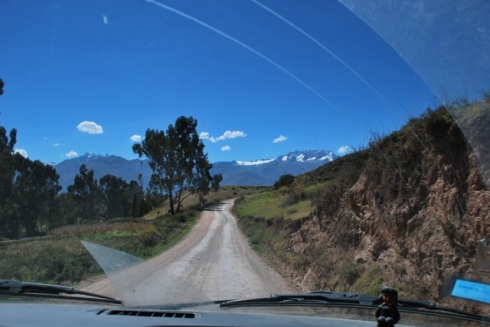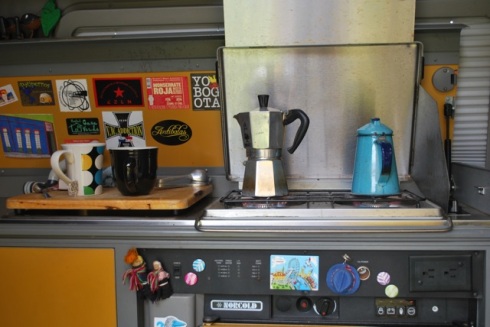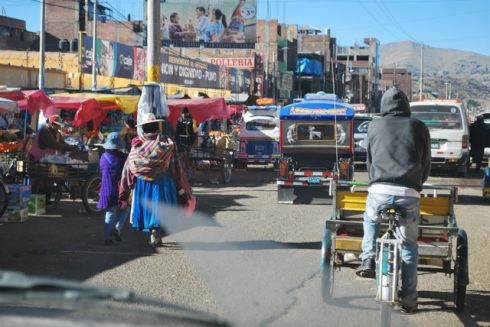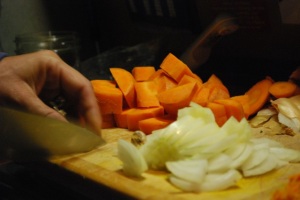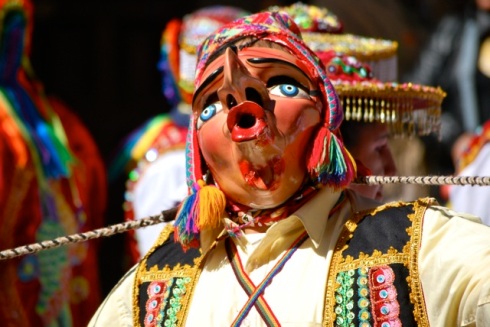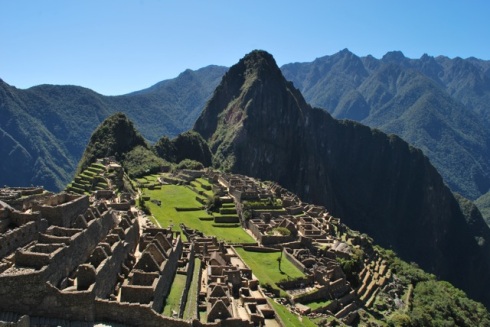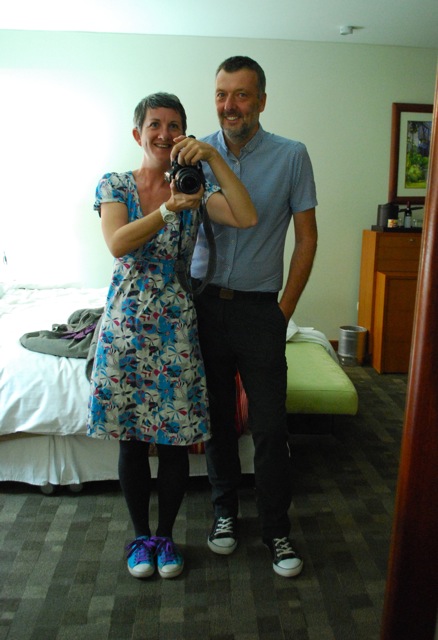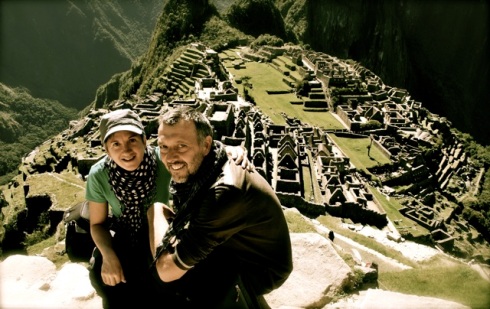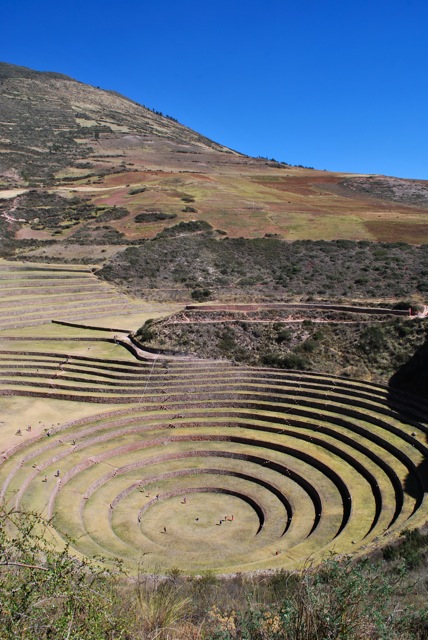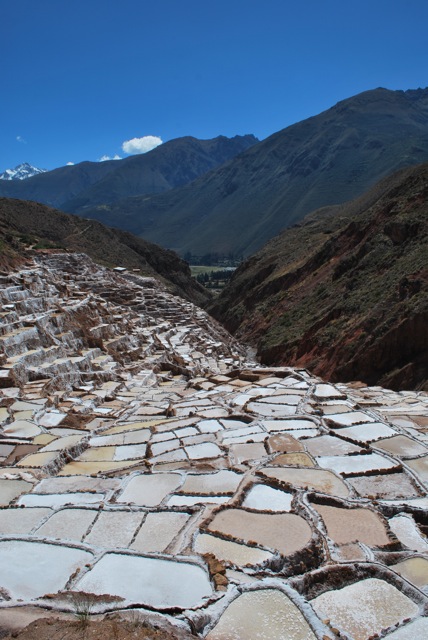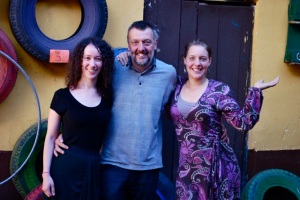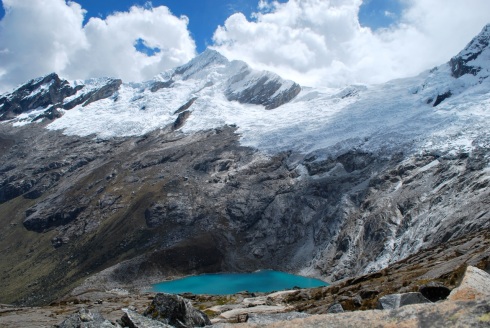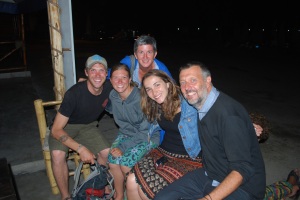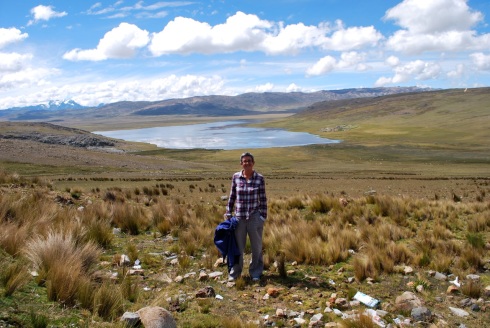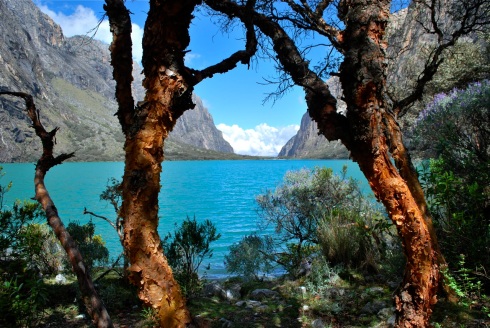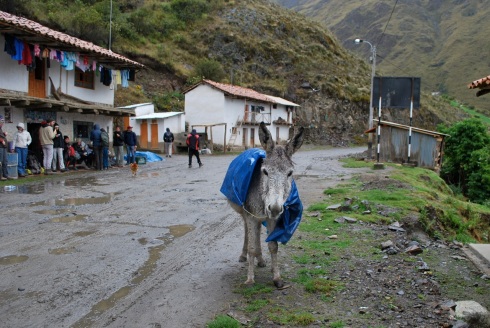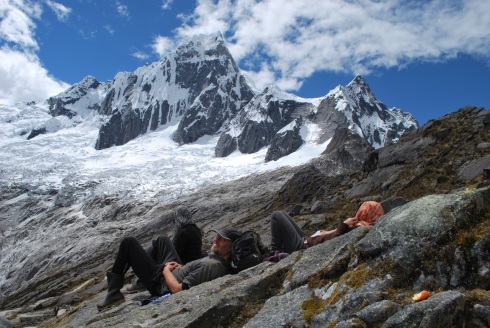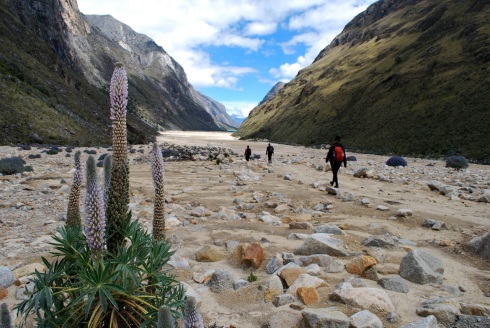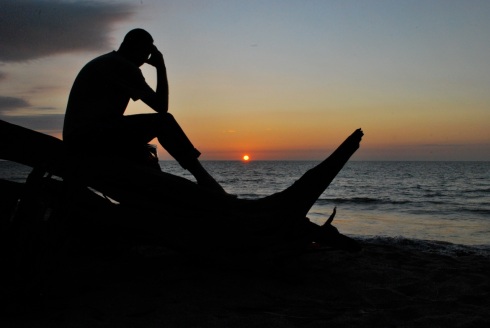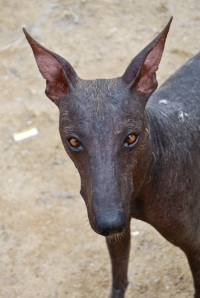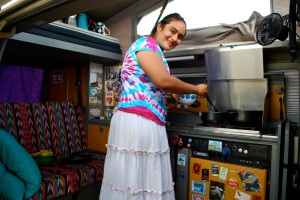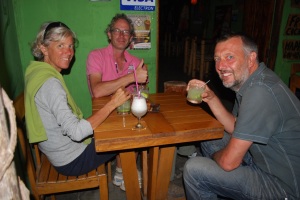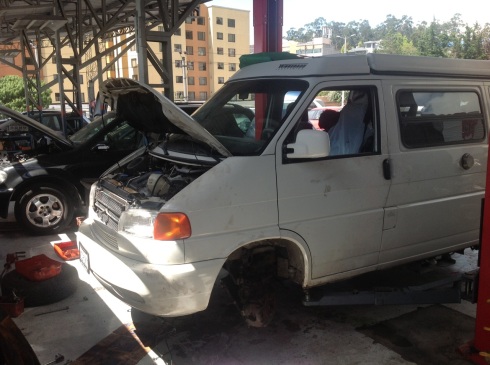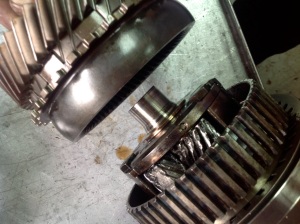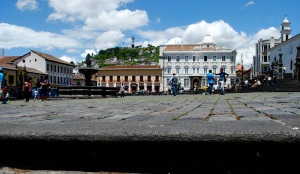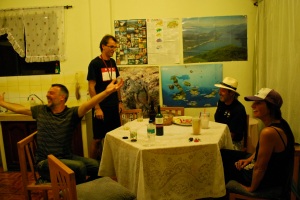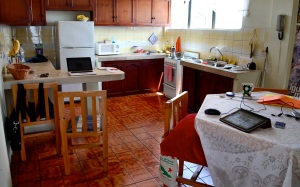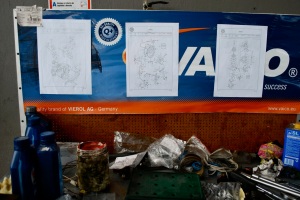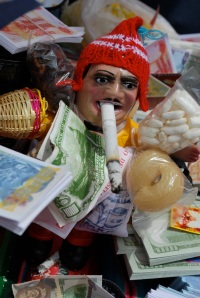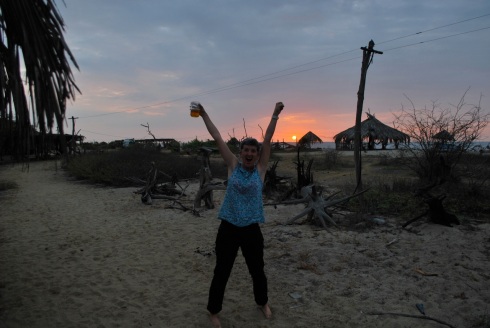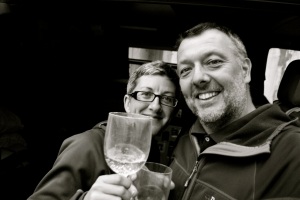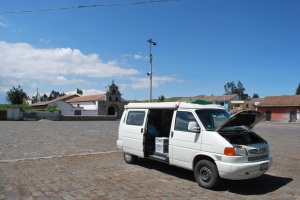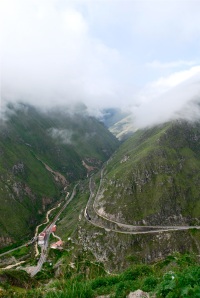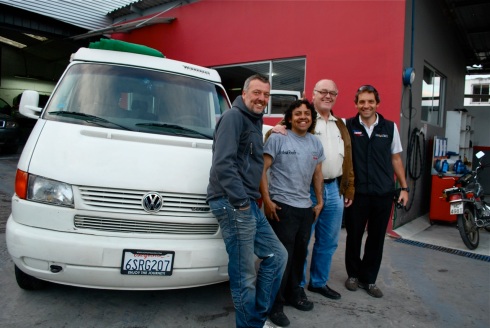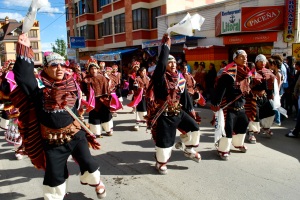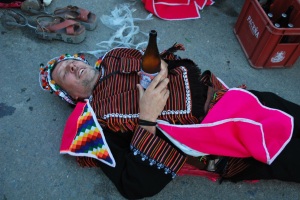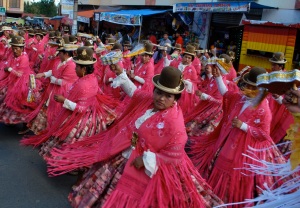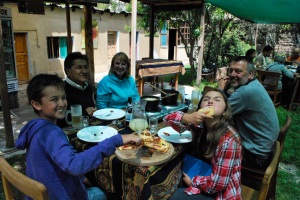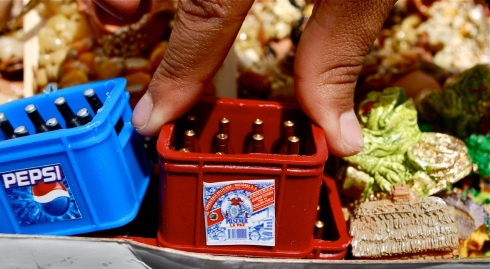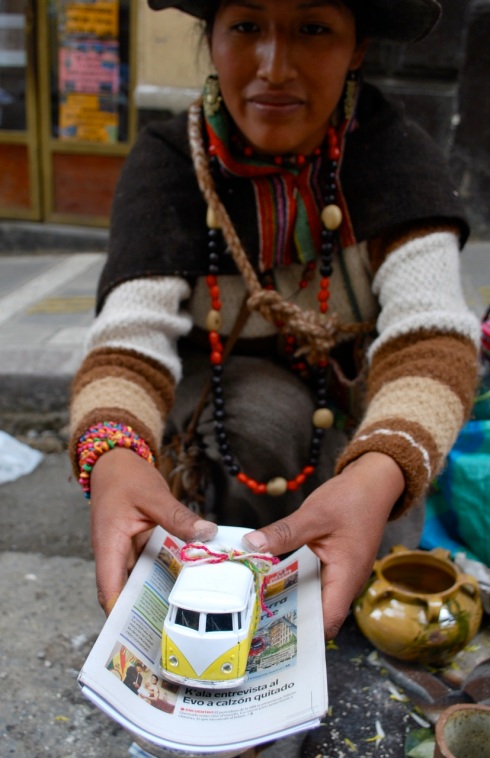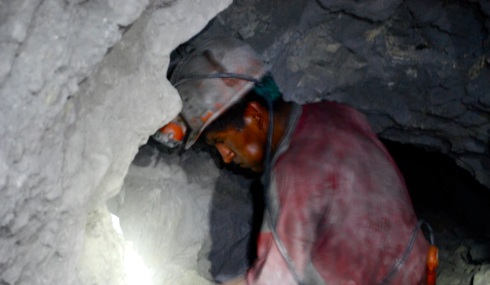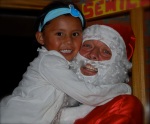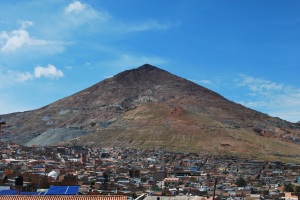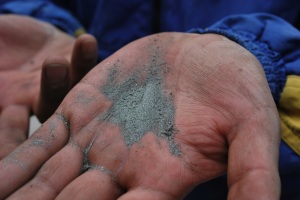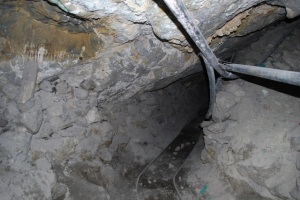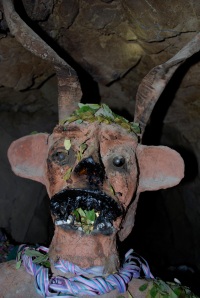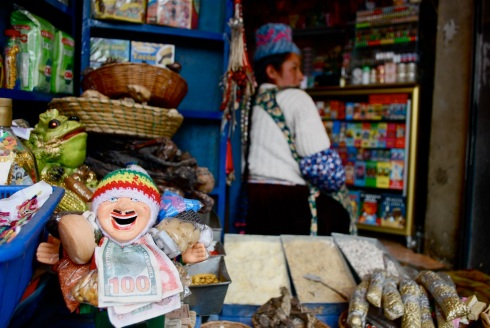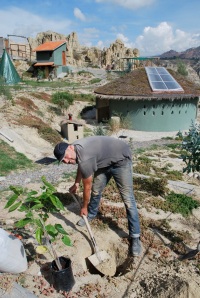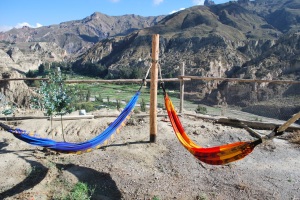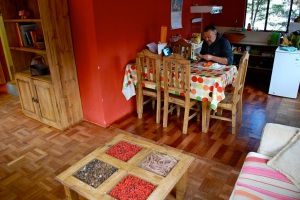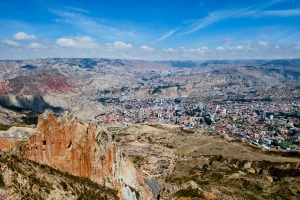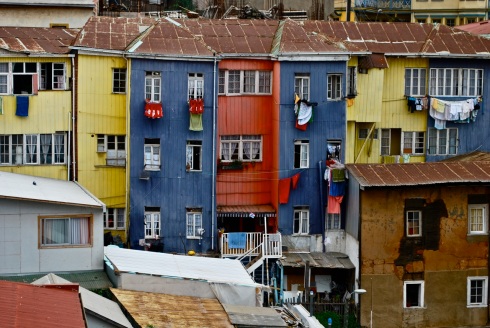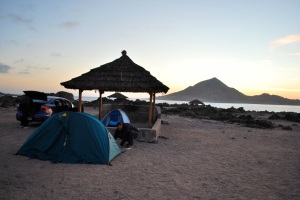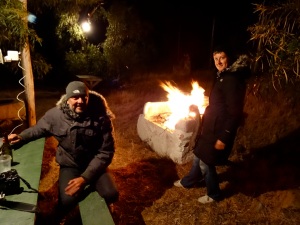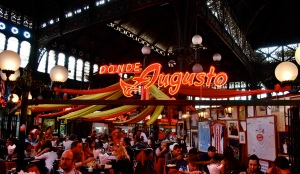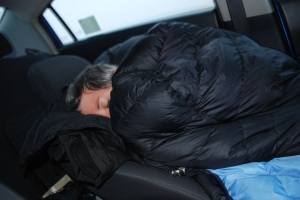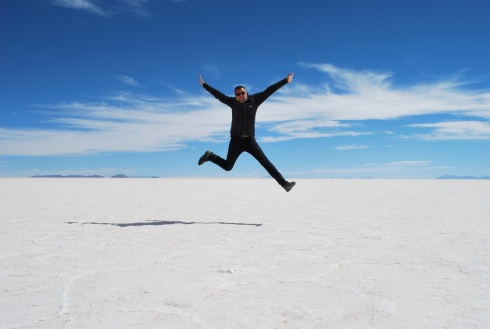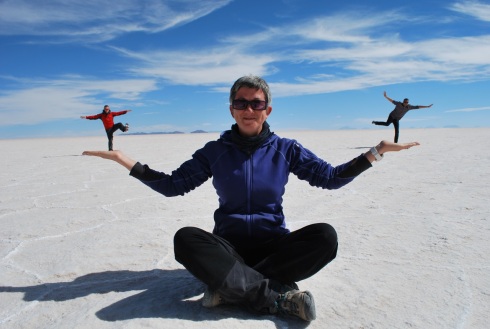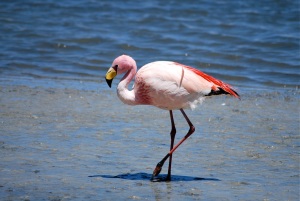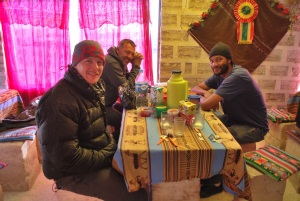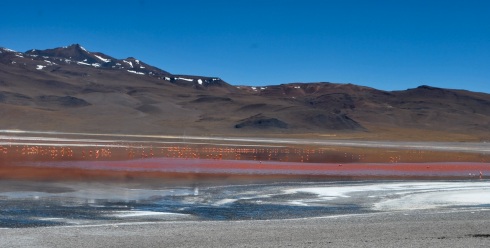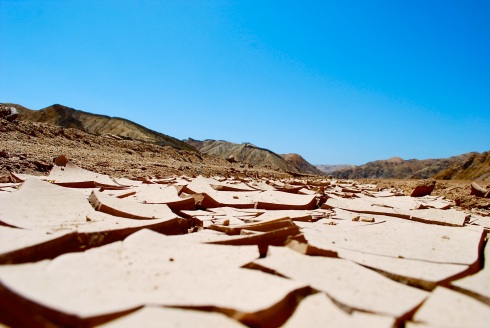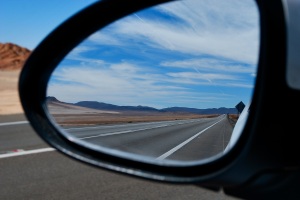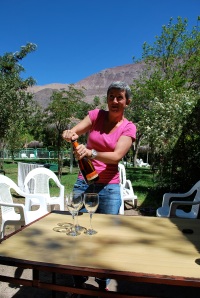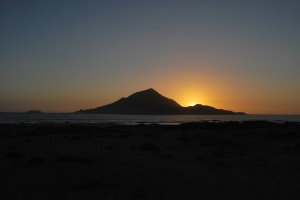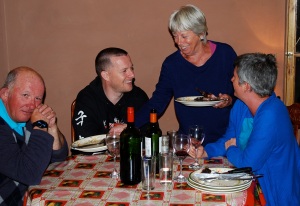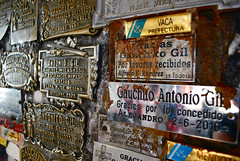By Paula
[April 2016]
Let’s get one thing out of the way right now – sometimes long-term travel is a bit hard. Because it’s a privilege to be able to travel for pleasure, it can be awkward to admit that. But there, I’ve said it.
But whatever down sides there are to living a nomadic life on the road, for us they were massively outweighed by the good stuff. If that wasn’t the case, we simply wouldn’t have kept going for nearly 1,600 days.
Like just about everything else in life, if it’s what you passionately want to do, you’ll take the rough with the smooth. Via this blog we have been able to share so many incredible, unforgettable moments, and we thank you all again for coming along. We find it hard to absorb the sheer saturating volume of amazingness we’ve been lucky enough to experience, and the thought of trying to sum that up in this post is mind-boggling.
We hope you agree that we have also been truthful about the bad times, the irritations and the frustrations. We can’t stand shiny, shouty, dishonest travel blogging that makes out every single moment is a profoundly life-changing ‘awesome blast’, or that travelling is in some way superior to other lifestyles. The awesomeness is indeed present in an infinite number of big and small ways, and giving up a secure life to undertake a trip like this is inevitably life-altering, but let’s keep things in perspective please.
We get a lot of questions about why we did this, what’s great and what’s difficult – the thing is the answer can change depending on the day, the mood, the weather, the circumstances, the people. Sometimes a ‘bad’ thing leads to something fabulous. Some days you’re doing something fabulous and can still manage to be in a foul mood. Some of the best things are the hardest to convey because they are fleeting, silly moments that get lost in translation.
In this post, some of the good and bad things will literally overlap. How can we blather on about loving the freedom to be on the move, then bemoan the bad things about always being transient? Because we are all a bag of contradictions.
With our return home we’ve tried to focus our minds on the things we most treasured and the things we won’t miss so much.
They are those consistent themes that, for us, represent the truly Good, the Bad and the Ugly about our totally perfectly awesome blast of a drive to the bottom of the world.
[This is a huge blog post. If it helps, you can flick between the items you want to read from the list of clickable links below. But if you skip straight past all the ‘good’ stuff and go straight to the ‘bad & ugly’, please know that this makes you a terrible person.]
THE GOOD
THE BAD & THE UGLY
THE GOOD
1. FREEDOM
This is the only word that comes close to summing up all that is good about a long road trip with a campervan. People so often ask what’s the best thing about the trip and, while we could list a gazillion cool things we’ve seen and done, it’s this.
Within reason, we could get up in the morning and go wherever we liked, and frequently changed our minds on the way. We didn’t have to get up and trudge to work. We didn’t have to plan much and almost never had to make reservations for anything.
Whenever we ‘arrived’ our house was there with us, so whatever was happening we had that little bubble that was all ours. No matter where we ended up, we could make a drink, cook some food and go to our own bed. If we didn’t like a place, we drove off. If we loved it, we stayed longer. If it rained we tried to head for the sun. If it was too sunny, we parked under a tree.
We had more time together than we could ever have hoped for in our previous life, which was one of the major things we’d craved before the trip. We found that to be strengthening, nourishing and fun.
It’s a massive privilege to have freedom and time – we never stopped appreciating that. We were almost always occupied with something or other because we still enjoy being busy, but we also had the headspace to read, talk, think and sleep more.
It took a while after we left London, but we learned to sometimes just be quiet and still, even bored. I know it’s stating the bleeding obvious, but that is seriously good for you.
——
2. BEING OUTSIDE
If you live the camping life for several years then, guess what, the majority of your time is spent outside in the sunshine and fresh air. We will miss this enormously because it made us feel healthier and improved our sleep quality.
When the weather was cold or wet we really loved having the option of slamming the van door and having a cosy indoor option. But for the most part the climate was great and we did most things outside whenever possible – reading, eating meals, barbequing, washing up, having a drink, fixing stuff, looking at the views and sunsets, swimming, hiking, people-watching, spotting birds and animals and wasting countless hours chasing them around with the camera, often to no avail.
In the mountains and national parks we loved heading off with some snacks for a good long stroll or a strenuous hike. If we were heading out on a particularly tough or long trek, we’d leave the bed out in the morning so we could come home and crawl straight in there afterwards with a reviving cup of tea. Bliss.
In the high altitude areas the light is particularly crisp, bright and unsullied – it truly is nectar for the soul. If only we could store it up for the grey days.
There were several phases of the trip when we did a lot of beach camping – especially Central America, Colombia’s Caribbean coast, northern Peru and southern Brazil. There’s nothing quite like sleeping to the sound of waves, waking up with the early sun, pushing back the door and stepping straight out onto the sand.
Some of our most precious memories are from camping on the beaches of Baja California in Mexico, back in 2011. Stingrays, leaping dolphins and massive azure skies that had to be seen to be believed. There are few better introductions to a life lived outdoors.
——
3. GAZING AT WILDLIFE
We began our married life with an African safari and have always had a thing about any kind of wildlife. Even so, I don’t think we realised quite how geeky we were about it until this trip. We loved spotting the big mammals and exciting colourful birds but would also happily spend hours watching hermit crabs or leafcutter ants.
I started making a list of some of the main wildlife we saw on the trip, but it became ridiculously unwieldy.
So here are just a few of our favourite things:
– Swimming with sea lions in Baja California, Mexico, then snorkelling over a shoal of grouper fish that was so immense it gave us vertigo;
– Walking among blue-footed boobies in Ecuador. There is nothing not to like about a wide-eyed bird in bright blue flippers;
– Getting a good long look at a snoozing puma in the rainforest in Costa Rica.
– Watching Rockhopper penguins bounce around on the rocks in Patagonia. Boing!! (In fact, everything about penguins. Magellanics, Kings, Humboldts, whatever – our enthusiasm does not discriminate);
– Slowing down to allow a family of alpacas to cross the road in Peru;
– Spotting a lovely luminous yellow eyelash viper in Costa Rica, photographing it at close range, then later finding out it was a very dangerous, potentially deadly, snake.
– Looking on as herds of capybaras bathed in mud and water pools, in both Colombia and Argentina.
– Monkeys, monkeys, monkeys! So many monkeys. That is all.
– Managing to look up just in time to see, and photograph, a humpback whale leaping out of the ocean in Ecuador.
– Getting an up-close visit from a three-week old baby sea-lion in Chilean Patagonia. The little chap almost managed to upstage the King penguins we’d gone there to visit.
– Being happy to get a cricked neck from watching condors soar in the Argentinian lakes district.
– Standing on a cliff in the Bolivian Amazon, watching macaws flying beneath us in to their rocky nests. (actually, Jeremy hated the scary cliff, but he really enjoyed the parrots!)
——
4. SCOFFING FOOD

Buying anticuchos (cow heart skewers) in La Paz, Bolivia – served with potato and delicious spicy peanut sauce.
In most parts of the world food is an integral part of the culture that’s all bound up with family, identity, history, the environment and climate, the marking of life’s milestones and more. To travel without an open-minded love of food must surely be a joyless affair.
Luckily we take no persuasion to sample whatever’s on offer, wherever we go. The less familiar the better – roasted guinea pig (Ecuador and Peru), beef heart skewers (Bolivia), fried fat-bottomed ants (Colombia), lamb testicles (Bolivia), llama and alpaca steaks (Peru, Bolivia, northern Argentina) being among the more memorable moments.
On a self-catering trip, plenty of meals are typically everyday concoctions – often the same as, or a variation of, things we’d eat at home. But as much as possible we’d seek out less familiar ingredients to cook with, or try a local twist to what we were making.
But eating out really gave us the chance to delve into the local flavours. For the most part that involved street food and cheap, substantial, set lunches which are usually the main meal of the day in Latin America. Occasionally we’d eat out in the evening, and a few times we splurged on a properly posh gourmet meal.
Everywhere we went, the local cuisine was an enormous source of pride and competitiveness between regions and nations. Food was talked about incessantly and we were happy to join in.
We were asked countless times how we were enjoying the food, what was our favourite thing, which country had the most tempting dishes. Be it on your own head if you don’t compliment the place you’re in at that moment.
Often the street snacks were the best. To name them all would take an entire book. We still salivate over thoughts of papas rellenas (stuffed potato) in Peru, arepas (corn cakes) with egg or cheese in Colombia, tamales (steamed, stuffed corn dough) in Central America, Mexican tacos of every variety, tajadas (crispy fried plantain chips) in Nicaragua and dreamy deep-fried coxhinas de frango (chicken fritters, sometimes with melty cheese) in Brazil. Just about everywhere has a version of an empanada (fried or baked, filled pastry pies) but Bolivia wins for its version, the salteña – biting through the crumbly pastry to find a juicy meat gravy inside requires it to be eaten standing up, leaning forward, legs apart.
For us the overall winners are Mexico and Peru for the best cuisine in terms of flavour, imagination, freshness and variety, and Argentina for being fabulous at the more limited things it specialises in, including steak, milanesas, chorizo and dulce de leche (caramel) with everything. Just don’t tell our friends in Bolivia that they didn’t make the cut…
——
5. FEELING THE ‘WOW’ FACTOR
The biggest ‘wow’ moments in travel aren’t restricted to the classic ‘must-sees’ and, in any case, everyone’s got their own tastes about what wows them and what leaves them cold. We can get ridiculously excited about something quite obscure or prosaic, but we are equally happy to be carried along with the hype of the massive sites like Macchu Picchu or Iguazu Falls.
I gave those two examples, because they are perhaps the most touristed destinations in South America, and we still loved them. Some travellers consider it a badge of honour to snub the ‘touristy’ places – erroneously believing themselves to be something other than tourists and preferring to deny themselves the pleasure of seeing a cultural or natural wonder because it’s ‘too busy / expensive / predictable’. We don’t feel that way. Yes, we always try to avoid the busiest times, we pack our own lunch, we loathe it when places have been thoroughly wrecked by tourism, and we sidestep the avoidable rip-offs. But most of those places are well known for a good reason, and sometimes you just have to embrace it.
A fair number of our wow moments fall into that busy ‘touristy’ category, some less so, and some we practically had to ourselves. There are others that couldn’t really be photographed well, like the mind-popping stargazing we did in the Atacama desert (Chile) and Salar de Uyuni (Bolivia).
Our little brainstorming session for this section could have lasted for days, had we let the list go on and on and on. Look down for an agonisingly small selection of some of the best big breath-takers.
——
6. TRIUMPHING OVER ADVERSITY
I sometimes think that people who love adventurous travel are a little bit addicted to the highs and lows that inevitably come with it. If you take on a long trip, especially with a vehicle, the chances of absolutely everything going 100% A-Ok smoothly are practically nil. You have to deal with some shitty and annoying stuff or, worse, some scary and risky stuff.
It doesn’t always feel like it at the time, but – as long as we are still alive and more or less un-maimed – I think we secretly kind of like it that way.
Because getting yourselves out of an adverse situation or solving a new tricky conundrum is like a drug. Those massive lows make the highs all the more exhilarating.
The great thing is, it doesn’t even have to be anything particularly major or frightening. It’s not necessarily ‘adversity’, in the context of some of the things people have to live through in today’s world, but it just has to feel like a challenge for you.
It wasn’t unusual to see us fist-pumping the air because a hot, sweaty, sweary, confusing, seemingly hopeless day of looking for a propane gas plant had actually ended with success – ie with a full tank of propane gas.
We’d celebrate with a drink and dinner that night as if we’d just managed to scale Everest in flip-flops.
Even taking on a trek we found difficult, pushing ourselves just a bit further than we were comfortable with, was something that would put us on a high. This was especially the case for Jeremy, who suffers from terrible vertigo and frequently had to push himself out of his comfort zone. One of the hardest walks didn’t even involve any altitude – it was a blindingly hot beach trek into the Costa Rican rainforest, during which Jeremy became a bit delirious, I briefly thought about lying down and dying, and we had to wade waist-high through a river not entirely unvisited by crocodiles. Arriving was utter bliss.
Navigating our way through some of the bureaucratic mazes we found ourselves in ended in a similar self-congratulatory mood. We have particularly vivid memories of being horribly lost in Bogota, Colombia, being (unnecessarily) sent here, there and everywhere, trying to renew our visas and vehicle permit. This is not a city you want to drive in. Ever. It’s the only day I can remember us actually both crying whilst driving, but we genuinely laughed about it later.
Three months later we had to do the same visa run again, but in an easier provincial city in the south. We were so chuffed we’d got it all done, but by that time we were running late to get to a rural ranch (see Good things no.7: Enjoying Random Surprises), before dark. It was a part of Colombia that was only just opening up after being a dangerous no-go area for years. All we had was a scribbled map, a name and no phone or GPS. As we rushed to find our way out of town we did an illegal u-turn and hit a motorcyclist. When the police arrived it turned out one of the officers was the uncle of the woman we’d knocked over. We really thought we’d had it that day. But we got away with it – we miraculously found the un-signed ranch in the pitch black, we ate grilled trout for dinner, drank a lot of cold beer and sank into our beds that night feeling like we’d just lived a whole week in one day.
Then of course there was the van. There were periods when we felt like we were triumphing over adversity every other day. (See Bad things no.3: The Vehicle Maintenance). We wouldn’t have wished for all those things to happen, and life would have been easier if they hadn’t, but solving them did lead to a great sense of satisfaction. By far the ultimate challenge was smuggling the van out of Ecuador after we’d converted the gearbox – it involved months of planning, discussion and research, a lot of sleepless nights, some dodgy behaviour and quite a lot of nerve.
After it was over and we’d made it to Peru, we drank loads of cocktails, grinned a lot and danced a little. And for the zillionth time on the trip we said: “We can’t believe we just did that”.
——
7. ENJOYING RANDOM SURPRISES
When a plan comes together it’s lovely, but when something unexpected happens it somehow makes things all the more thrilling.
Travelling long-term gives you the freedom to follow the curve balls that come along. So many little unplanned events happened to us along the way, it’s hard to remember absolutely everything. But there are a few moments that really stick in our minds.
Finding ourselves with a van full of El Salvadorean revolutionaries: As we bumped along a dirt track in the van in the El Perquin region, we looked behind from the front to see three ex-guerilla fighters sitting on our seats and floor. We gave each other that familiar look that says ‘jeez, our life is strange sometimes’. We’d booked an informal guided tour of sites that were significant to the rebels during El Salvador’s brutal civil war, but we hadn’t really expected that we’d be the transport. Each time we moved on to the next place our guide would ask us to pull over and pick up yet another random revolutionary – each with a story of the war that was at once fascinating, horrific and inspiring.
Jeremy getting drunk with a bunch of Colombian gauchos in the relatively unexplored Los Llanos region – then me driving all of them, their wives and kids home in the van, via a stop-off for sausage and chips. We’d met a guy at a mechanic’s in Bogota, who invited us to stay at his ranch for a few days and be looked after by the families who lived and worked on the farm. Horse-riding, wildlife-spotting, fire-roasted beef and a taste of the cowboy life – it was one of the most special experiences of our whole trip.
Camping in someone’s living room in Colombia: It doesn’t get much weirder than parking up next to a stranger’s sofa, popping the pop-top and pouring yourself an evening drink. While looking for somewhere to camp in Espinal, we’d asked at a local sports club if we could stay in their grounds. They refused, but a local tennis instructor overheard the conversation and told us we were welcome to camp at his place. Obviously we assumed he had a garden, but when we arrived at his house it was in the middle of the town square! ‘Erm, we actually need someone to park because we sleep inside the van’ we explained. ‘That’s okay’ he said, ‘you can park inside the house….’ He pulled back the gates and we drove into his bizarrely laid-out home, with a covered courtyard that had been made into a living room. We squeezed the van in next to the sofa and settled in for the night.
This entry only just beats the night we ended a horrendously stressful day by being ‘rescued’ by a wealthy Colombian family who allowed us to camp in their garden, amid preparations for a massive posh 50th birthday party.
Dancing in a Bolivian folk festival: Of all the things we couldn’t have foreseen, this probably takes the prize. Few people in this world could persuade Jeremy to don flappy Andean trousers, a poncho and an outrageously camp hat, then dance through the streets waving pink hankies and jangling the spurs on his sandals-with-socks. But our Workaway hosts Emma and Rolando managed just that. I wasn’t doing too badly either, with my woolly dress, pinny and wide-brimmed sombrero flowing with multi-coloured ribbons. During our fabulous four-month stint doing a work-exchange at Colibri Camping near La Paz – which was another unexpected turn of events in itself – we really loved being part of a small community. And part of that involvement included joining the team that competes in their annual dance festival. We’re only sorry our lamentable efforts failed to secure them a victory.
——
8. MEETING PEOPLE
From fleeting interactions, to random acts of kindness by strangers, to making new and enduring friendships, people bind together the fragmented life one lives as a nomad.
There are the countless people whose names we’ll never know, but who made a difference to us in the moment – all the people who spotted our foreign van and waved or approached us to chat or offer help; the people in exceptionally friendly Colombia who invited us in to their homes; the folk who gave us, or helped us find, a safe place to sleep; strangers who gave us little gifts of food or souvenirs; the guys who rescued us when our (first) gearbox gave out in rural Honduras.
We meet dozens of other road-trippers and shared brief conversations, meals and wine, or several days of companionship. Some we met – by chance or design – several times over, while others we convoyed or lived with for a spell.
Our journalism jobs meant we were lucky to be able to meet some fascinating people for the stories we were writing – including ex-guerilla fighters, Bolivian cholitas, journalists under threat and social justice campaigners.
Family and friends visited, giving us a welcome glimpse of home and the chance to spend more time with them than we ever seemed to be able to afford when we lived thousands of miles closer.
Then there were the family members, friends, fellow travellers and strangers from more than 150 countries who followed the blog and often sent us encouraging and complimentary messages. We couldn’t see you but we felt like you were with us.
Stand by for the biggest gallery of all:

THE BAD & THE UGLY
1. THE TOILET SITUATION
Unsavoury toilet situations are possibly the ugliest part of travelling in such a way that you’re almost always conducting your functions and ablutions in either a public/shared facility, behind a bush or hunched over a bottle inside the car.
We’re not saying all toilets in Latin America are awful, obviously that would be ridiculous, but when you are camping you see a disproportionate number of the nasties. Only a few places have bathrooms that you’d really consider lingering in for longer than strictly necessary. We chose to drive a smaller vehicle without a toilet and that was the right decision for us, but there’s a price that comes with it – a lack of privacy and having to endure other people’s habits, noises, smells, excretions, skin flakes and hair.
The porta-loo we bought at the beginning of the trip was ditched after a year as it was so impractical, and there was a diarrhoea incident in Guatemala that left us both mentally scarred for life. So apart from our magic Uriwell emergency pee bottle, we totally relied on external solutions.
Having to wash or go to the toilet in the great outdoors was the least of our worries – it’s often way more appealing than the indoor option.
In those moments where you’re brushing your teeth over a dirt-caked sink and trying not to touch anything, stepping into a shower covered in leaves, mud, insects (dead and alive) and scum-clogged balls of other people’s hair, trying to avoid inhaling as you hover over a shit-smeared toilet at a truck stop, desperately trying to avoid the pool of rancid urine under your flip-flopped feet, or trying not to look at the bin overflowing with a week’s worth of soiled toilet paper, you do have a little droll thought to yourself: “Yep, living the dream baby, livin’ the dream.”
Those nights when we woke up needing to pee and first had to sleepily remember where the hell we were, then schlep outside to face the elements, the barking dogs, the passersby, whatever, we might have fleetingly wondered why we do this to ourselves.
We do wish we had more photos of the worst toilet examples, but it’s never really a classic Kodak moment. Most are not really extreme – there’s just a fairly regular pattern of poorly-maintained facilities that make the whole experience feel a bit shabby – non-functioning flushes, lack of running water, broken and missing toilet seats, broken or non-existent doors, shredded stained shower curtains that always want to stick to your skin, smashed mirrors, broken lights, and crumbling, mouldy walls.
In Central America and Brazil they have electric showers that usually have bare wires hanging from them – if you absent-mindedly raise your arms and touch the shower head, bbzzzzzzt! It certainly helps wake you up in the morning.
There were many periods of the trip when we just didn’t know when or where we would next find a shower. Mostly that’s fine, you get used to it and improvise as best you can. But some days you want to claw out your entire head of stinking, greasy hair.
Toilet reports are a regular topic of conversation, and plenty are great! When we found one that was clean and shiny, well lit, with running water, doors that lock, toilet seats, paper AND soap, it made our bloody day.
Sometimes it was a little bit extreme though. There was the time when I had to go to a drop toilet in the Peruvian Andes, and there was a dead cow in the next cubicle. There was the time that the only available toilet in Cabo de la Vela, Colombia, was so appalling that (sorry dear reader) we resorted to defecating in a plastic bag in the van. One day we met retired Kiwis Gary and Joan, in Patagonia. We were discussing our reasons for not having stayed at the other campsite in town. “We did actually go there and set up camp, but we left almost immediately,” said Gary.
“Why was that?” we asked. “Well, Joan went in to the toilet block and someone had crapped in the shower.”
—–
2. THE F***ING WIFI
I know it’s not classy or intelligent to swear, but “the fucking wifi!” was one of the most commonly uttered phrases of our trip and I really can’t dress it up as something more polite.
If you imagine that we spent absolutely all of our days skipping through the mountains, sitting by rivers enjoying picnics, or frolicking in the sea, then you might wonder why on earth the internet was so important to us.
Well we didn’t, and it was.
Not every day, thankfully – we really came to appreciate the benefits of having so many days where we had no access, or chose not to access it. It’s good for your health and your relationship.
But when we needed it and it was either hard to find, didn’t not work or was woefully inadequate for the task, this was usually a head-bangingly frustrating waste of time, effort and money. For various reasons we chose not to bring smartphones and buy SIM cards and internet plans for each country, so we completely relied on free wifi in cafes, petrol stations, campsites and public areas, or on using internet shops with desktop computers.
We rented a few apartments and they always had wifi. On our two work-exchange stints in Bolivia and Argentina there was wifi in our accommodation but it was abysmal because the areas were rural.
Sometimes the internet speed was excellent, but you could never really predict when that was going to be – one of our most surprisingly clear Skype calls home was from a public square on an island off the Chilean island of Chiloe.
Plenty of tasks could be, and often were, put off for days or weeks with little consequence – blogging, uploading photos, researching stuff for the trip, reading the news or downloading podcasts. Other things were more important – our freelance journalism work, Skyping the parents, keeping in touch with home, and money matters.
We tended to try to plan the days when we’d go online and get our tasks done – that usually meant packing up the van and driving somewhere to do it, or fitting it in between destination A and B.
The day you’ve planned it will typically be the day when you can’t find a functioning wifi signal. How many damn coffees have we ordered before realising the wifi doesn’t work? (rookie mistake). How many free municipal ‘services’ have we connected to, only to find Nothing At All will load? How many towns have we driven round, hanging the iPad out of the window to try to find an open network? How many hours have we spent watching that spinning wheel as we try to upload photos for the blog or – even worse – for our editors? And, for the love of whatthefuck, how many times have we tried to speak to our parents on Skype and had to run around a campsite, town square or café, trying to locate a signal that will facilitate, you know, an actual conversation.
Am I starting to sound bitter? Well the answer is, a lot! A lot of hours, a lot of times.
But we’re so over it.
——
3. THE VEHICLE MAINTENANCE
For some people, tinkering with a car or tackling a really difficult mechanical conundrum is a deeply satisfying hobby, a pleasure, even a joy. For us it was the steepest learning curve of the journey, and it was often stressful.
We will probably never be mechanics. Let me rephrase that – we will never be mechanics. But we now know the names of more car parts in Spanish than we will ever know in English. We now kind of vaguely know what’s going on under there. We became finely tuned to the van’s little ways and noises and gradually stopped completely dreading conversations with mechanics.
If you’re wondering what the level of our knowledge was when we left home in 2011, let me just say that until 6 months before our departure date Jeremy couldn’t even drive, and neither of us had ever owned a car.
My dad tried to give me a cramming lesson in very basic vehicle maintenance just before we left. My blank facial expressions gave him understandable cause for alarm and his face went a bit white. I was quietly thinking ‘oh wow, I didn’t know there was fluid for the brakes’ while he was quietly thinking ‘oh god, they are definitely going to die in a desert somewhere’.
If you have followed this blog long term you will know that for the first half of the trip we had an absolute nightmare with the van’s automatic transmission, which failed twice and was eventually converted to a manual gearbox in Ecuador. Trying to get our heads around solving those potentially journey-ending problems was, at times, overwhelming.
That breakdown let to a horrendous cycle of bureaucratic problems that ended with us risking everything to smuggle the van out of the country. It was, by far, the most stressful, pant-wettingly scary thing we had to do on the whole journey.
Big catastrophes aside, the day-to-day maintenance of a vehicle that is also your home just adds an extra layer of pressure. There’s more at stake. Problems cannot be ignored, they have to be dealt with asap and always in a place that you don’t know. Once you do find a mechanic you don’t know if he’s going to be competent. Sometimes they break the very thing they are supposed to be fixing, or fix one thing and break something else just to keep you on your toes. Sometimes they are excellent – it is a lottery every time.
When we needed work done we couldn’t just leave the van and go home. Our home was there, suspended in the air on a hydraulic lift or jacked up with its wheels off. We didn’t even have a cell phone. We had to wander the streets, sit in cafes, or in the yard just waiting, waiting, waiting.
It was difficult to explain the concept to mechanics who didn’t often get people driving their houses into the workshop.
They were frequent conversations like this – mechanic says: “So how long are you in town?” We’d say: “Weeeeell, as long as this takes. We can’t leave until the van is fixed, because we live in it. So basically we’re waiting for you to do this as quickly as possible (subtext – but not so quickly that you cock it up by rushing it).”
Mechanic says: “Okay leave it with us and we’ll let you know.”
We’d say: “And go where? We live in the van. Just to reiterate – we are waiting until you give us our house back because we have nowhere else to go.”
It was tedious. Sometimes we waited all day then bailed out at closing time, having to get things reassembled in order to go off and camp, or abandoning the van to go to a hostel – the work uncompleted, the part untraceable or undelivered.
Oh yeah, car parts. That’s the other little thing. We couldn’t always find the ones we needed in Latin America and they had to be shipped from the US or Europe (such as a whole transmission – twice). More expense, more long waits. After a while we got wise to the things we might need, bringing things from the UK, or having other stuff shipped while we were ordering something else. We tried to stay one step ahead and largely it all worked out well in the latter two years.
Of course we knew looking after a vehicle would be pretty much the biggest occupational hazard of going on a 50,000-odd mile road trip, but we probably didn’t envisage just quite how consuming it could be at times. We don’t mind saying that we’re proud we not only made it, but learned a hell of a lot along the way.
——
4. THE LACK OF PRIVACY
This is quite a tricky one to describe, because many genuinely good things came out of the fact that we lived much of our van life effectively in the public sphere. By being out there on display, we met countless interesting, helpful, amusing, curious, friendly people.
When you are camping in a small van, unless the weather is totally freezing or you are asleep, the door is pretty much always open and everything you are doing is visible to whoever happens to be around. That varied hugely depending on where we were camping – from quiet bush camps free of anyone, to privately-owned campsites, to petrol stations, village squares, restaurant car parks, tourist sites or beaches.
The vast majority of the time it was great. We had some of the best interactions of this trip precisely because people could, and did, approach us to have a look around and a chat about the journey. We were videoed, photographed and questioned more times than we could count. Children were obsessed with the pop-top and always wanted to climb in it. Sometimes people would hang around to watch us from a distance, to see what the strange gringos would do next. We could actually hear them giving a running commentary to each other.
Occasionally we did feel self-conscious about it – more so in the countries where camping and motorhomes were much less common. If you’re frying up some chicken inside your car or trying to relax with a glass of wine in a village square in rural Bolivia, people will understandably stare at you and you might not always be in the mood for it. We had a classic comedy moment quite recently when a young boy was strolling past, gazing open-mouthed at the van’s pop-top. As he lifted his hand to wave at us he walked face-on into a lamppost. Oh how we all chuckled!
There are those days when you feel hot and sweaty, grumpy, or a bit stressed because you can’t find somewhere decent to camp, and being on public display is just not what you want. Those days are a small minority, but they really matter in that moment. If you’re hormonal, knackered, feeling a bit meh or just need to wallow with a ‘duvet day’ it’s harder to hide unless you happen to be in the middle of nowhere, or can find a peaceful private campground in which to relax and be alone.
Talking of being alone, as a couple we were pretty much always together. This is one of those overlapping good and bad things. Given our previous life, being able to spend so much time together has been one of the top-ranking good things about this trip. But we also appreciate that it’s not entirely normal to have virtually zero time away from your partner. Often our only ‘me time’ was when one of us went to the loo or had a shower. And even that wasn’t a guaranteed solo activity.
If there were any taboos left in our marriage when we left home, their demise probably began around the time of the Guatemala diarrhoea incident (see Bad things no 1. The Toilet Situation) and continued with every use of the emergency night-time pee bottle. If you’re thinking of doing a trip like this and don’t fancy the idea of loudly peeing in to a plastic bottle 6ft from your partner’s face, get a bigger van.
——
5. THE TRANSIENCE
There are a few down sides about being nomadic (but see also Good things no 1. – Freedom). Yet again, how much you care about this depends on the mood and the circumstances.
I’d love to know how many hours we spent packing up to leave, arriving somewhere new and moving all the stuff around again.
For us one of the hardest things about being transient was when we needed to get things done. We were continually starting from scratch because our environment changed so often we were always the newbies in town and didn’t know where things were. Sometimes we’d literally be driving randomly around the streets of X town or village, hoping to stumble across a mechanic, launderette, ironmonger, internet shop, food market, water or ice seller, some obscure piece of something for the van, an actual campsite or somewhere to stop for the night. It can get tiresome because everything requires a bit more time and effort.
Sometimes we were lonely too. Over four and half years we met a lot of people, some of whom we now consider to be great friends. But it was all so temporary. We, and they, were always moving on. It was nice when we bumped into people more than once – we got a little taste of that familiar feeling that is so rare when you’re travelling.
Despite all the great folk we met, a massive majority of our time was actually spent à deux. Here’s a guilty secret – having no friends or social life to speak of is often really quite nice, in that life is just very simple. But most of us thrive on our connections with other humans, and we did feel the absence of our family and friends very strongly.
We’d crave a spontaneous night out or a long lazy brunch with people we loved and with whom we had a shared history and outlook – those people in your life that don’t require introductions or explanations.
Some days there were down times – especially during the long Argentinian siesta – when we felt incredibly ‘baseless’. Just hanging around waiting for things to happen before we could move on to the next place or return to our campspot for the night.
Perversely, despite the occasional frustrations our transient lifestyle didn’t necessarily lead to a desire to have a permanent settled home. In fact I think our boredom threshold became progressively lower. At the very end of the trip we stayed in a lovely apartment in a great, lively part of Buenos Aires for a month. After three weeks of it Jeremy looked quite alarmed when I said one morning: “Jeez, every time I go out it’s just the same streets every time…!”
As we begin the process of finding somewhere to live again, this is probably an attitude I need to address.

